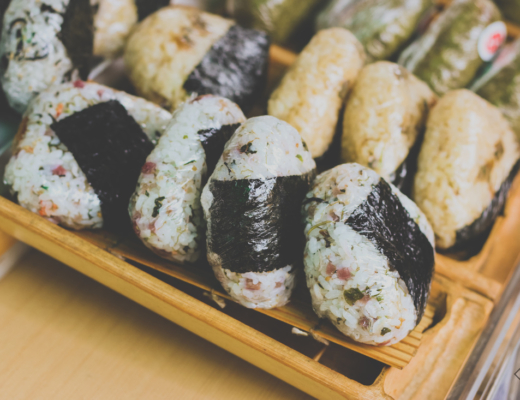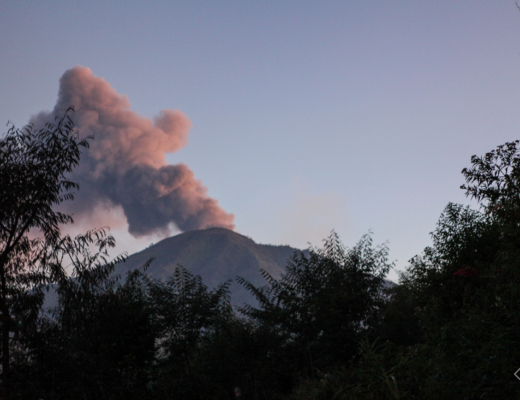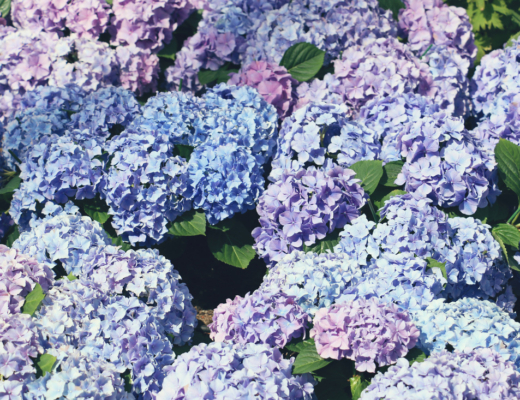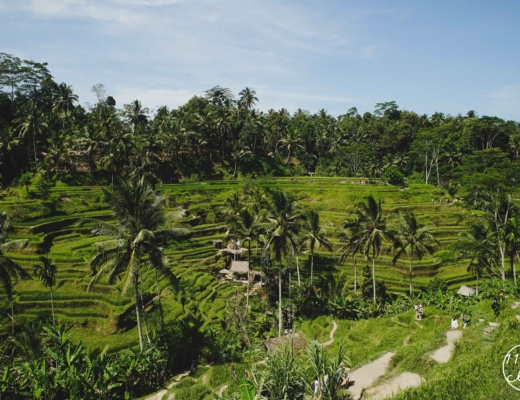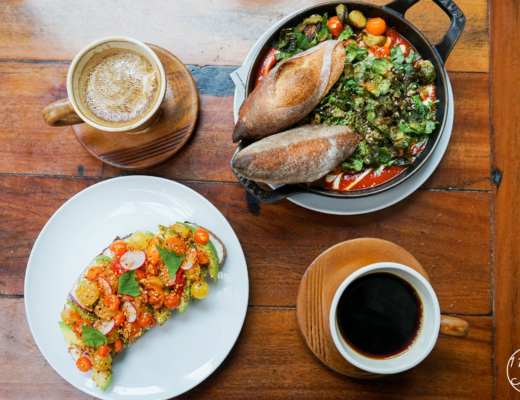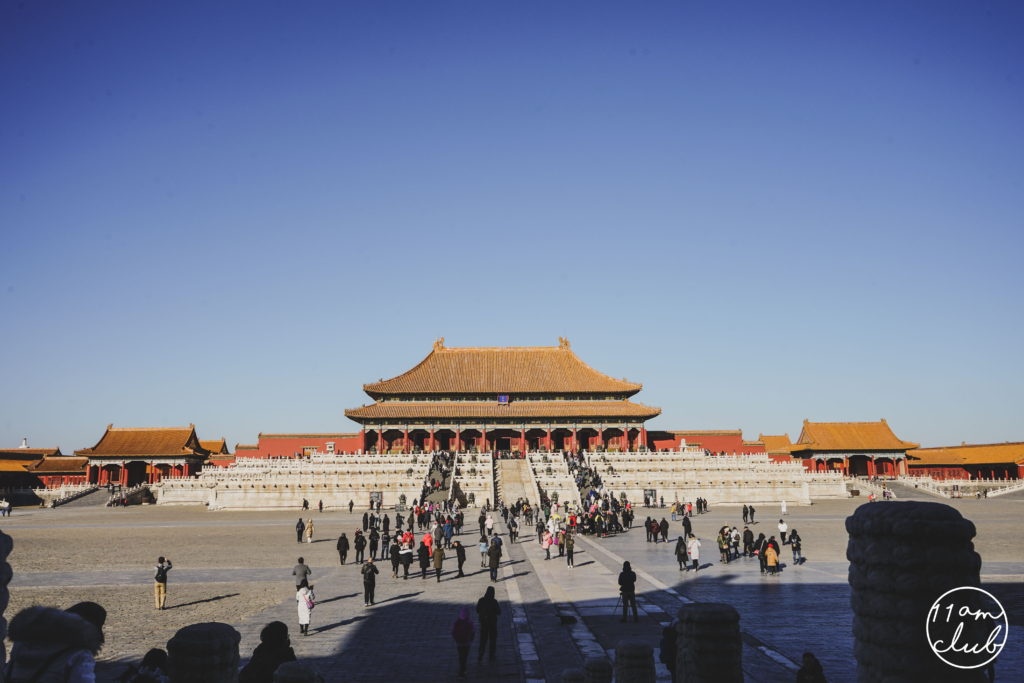
Happy Chinese New Year! It is the time of the year to collect HongBaos (Red Packets) from our families! Yes, those are the red envelopes covered by golden Chinese characters or a picture of an animal from the Chinese Zodiac. This year is the year of the Pig, I’m looking at those of you who are born in 1983, 1995, 2007 and their multiples of 12. Last year, I was given the opportunity to work for a China-based company. As a result, I was sent to Beijing for a week of training. Although I have visited Beijing when my family and I visited China about 15 years ago, I did not get a chance to explore the city in depth. Therefore, I made it a goal to spend some time and immerse myself in the food, culture and all the great things Beijing has to offer. Unfortunately, I did not have enough time to go to the Great Wall of China this time, but I will make sure it goes in my to-do list the next time I visit!
The Forbidden City
As a palace for the Emperors from the Ming to Qing Dynasty, The Forbidden City (紫禁城) marks the center of Beijing City. In that era, civilians would all crowd to the center hall to listen to the Emperor’s decrees. Now, it is a UNESCO World Heritage Site and contains the largest collection of preserved wooden structures in the world. The Palace is spacious (about 72 hectars or 130 American football fields) and imagine walking in -5 Celcius weather. Its entrance is the Tian An Men Square and you cannot miss the giant image of Mao Zi Dong in a golden frame.
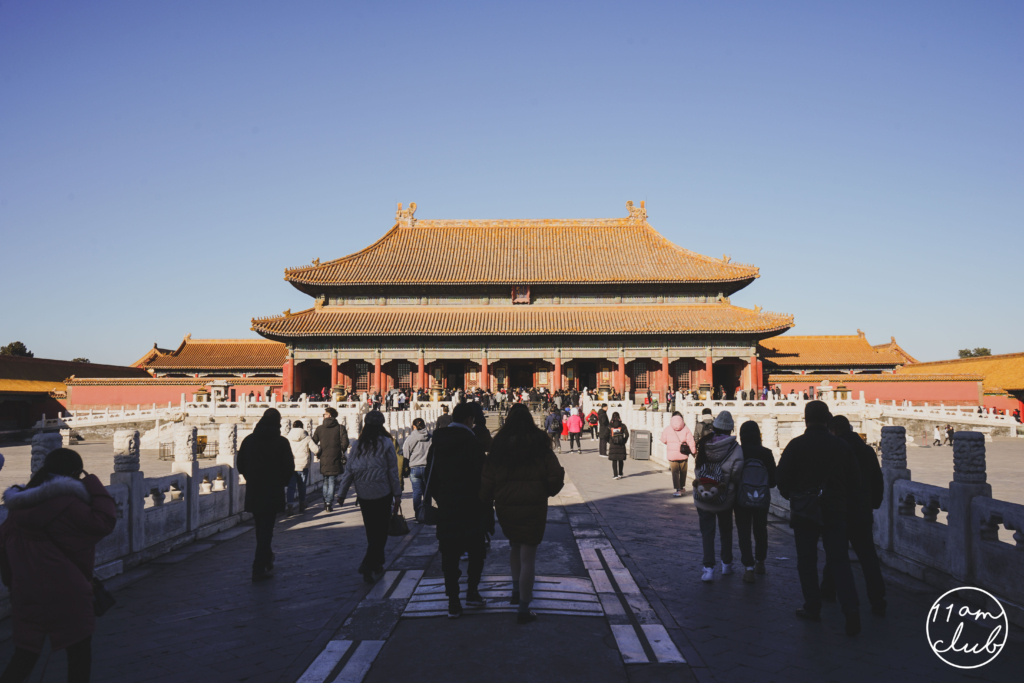
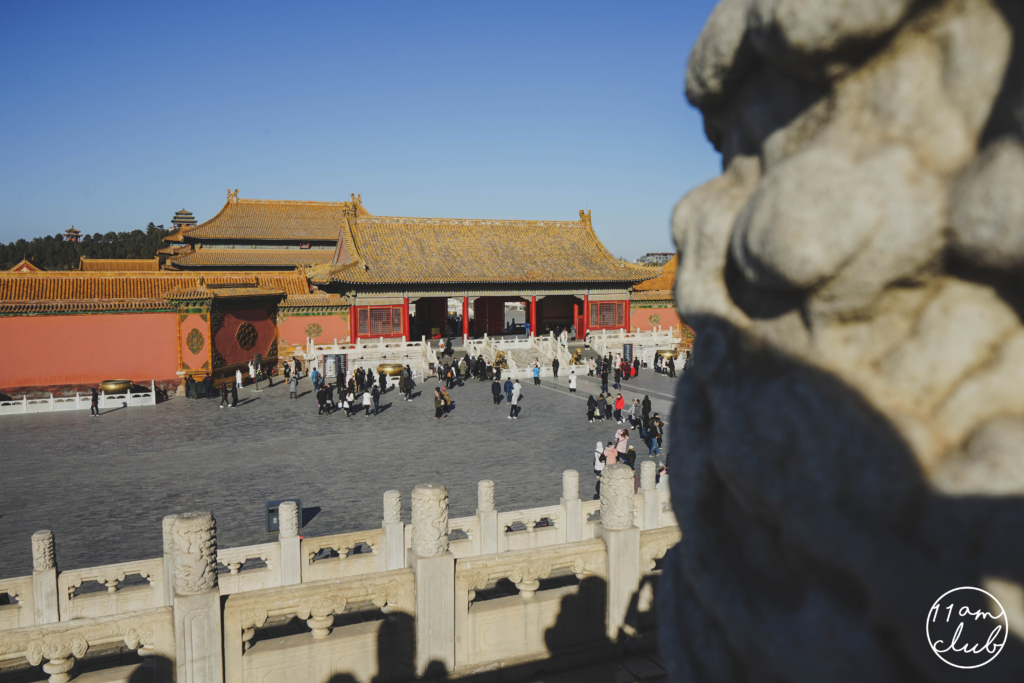
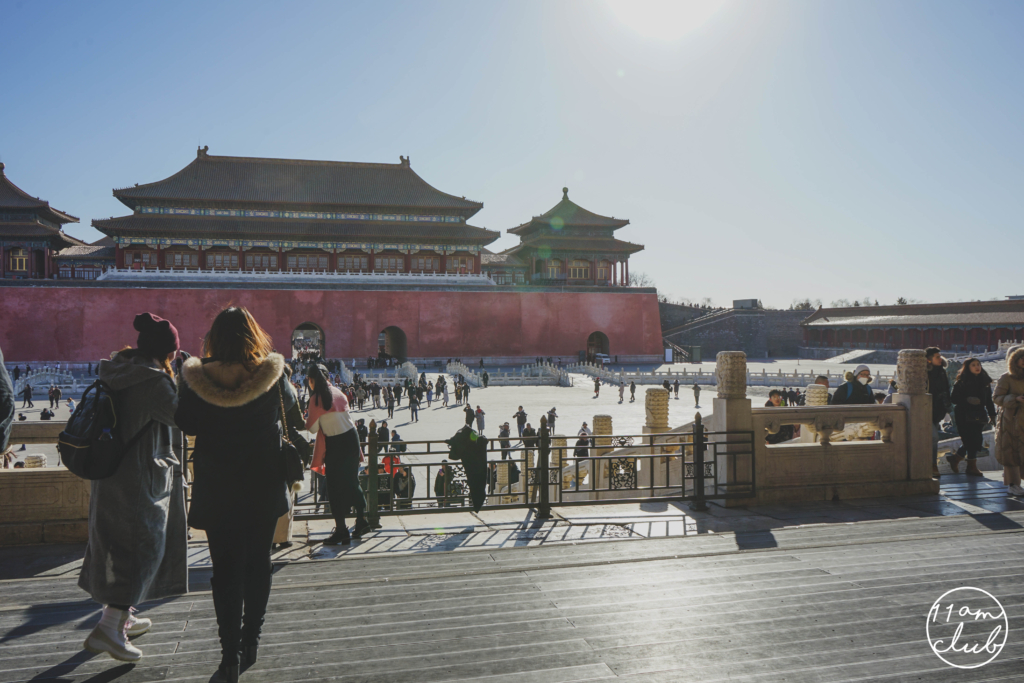
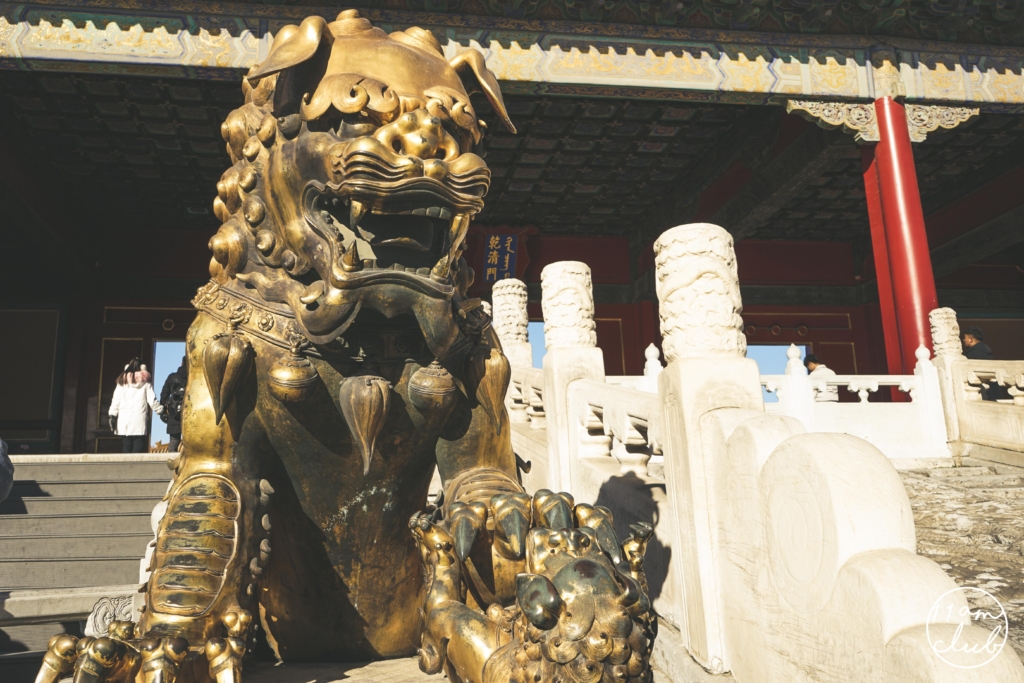
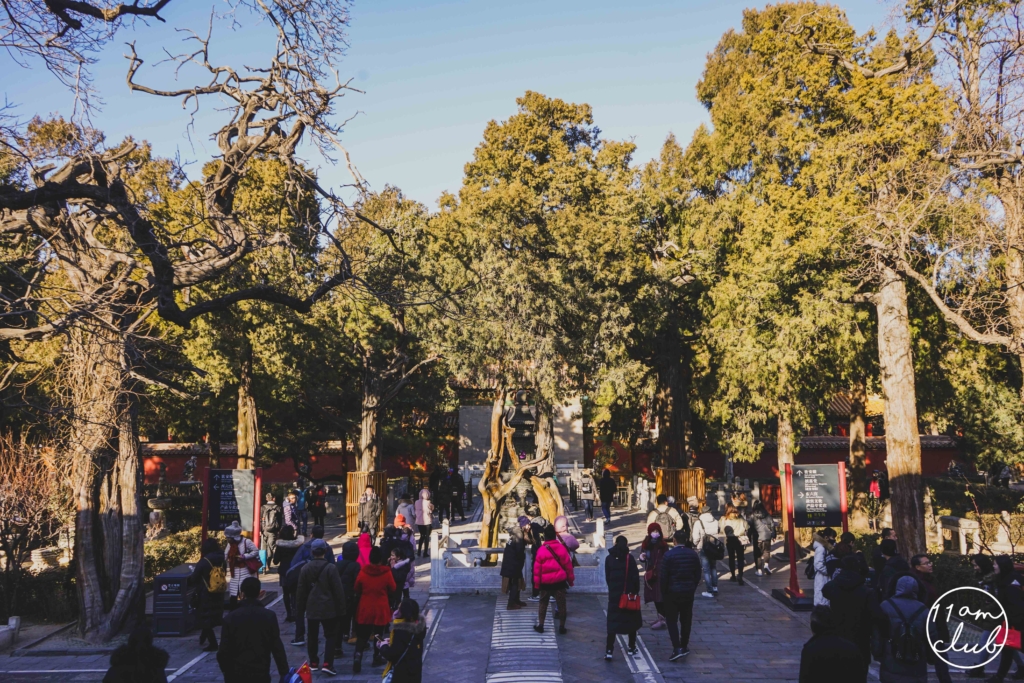
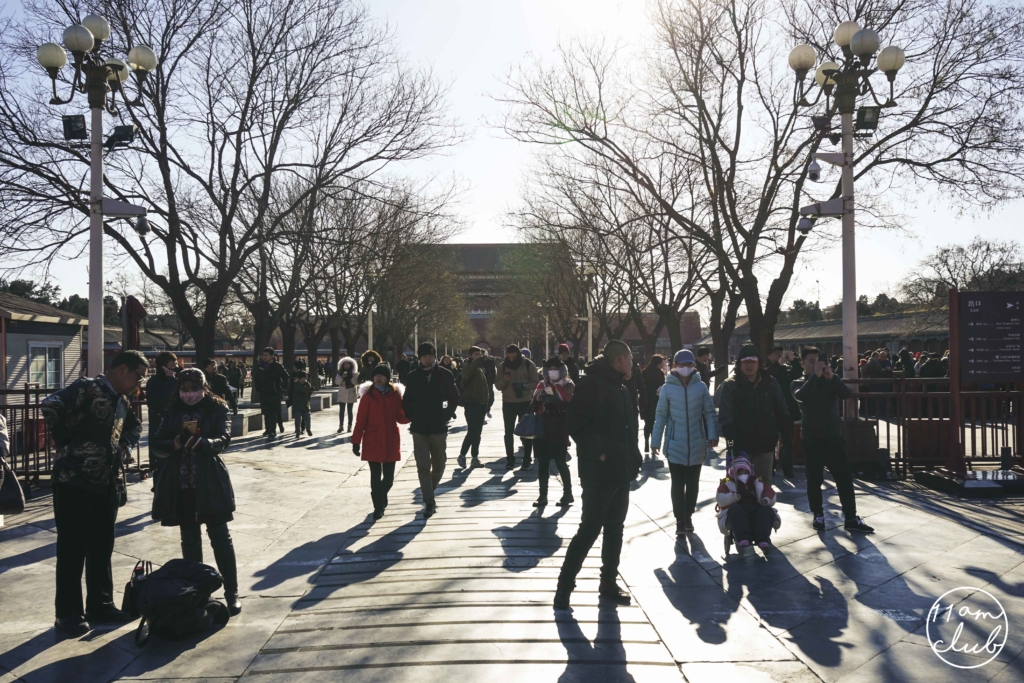
NanLuoGuXiang
Away from the center of Beijing is the old city of Beijing which now houses many small stores that still maintains the old architecture. NanLuoGuXiang (南锣鼓巷) is a 800m long alley, or also called HuTongs, which has many souvenir stores and street food along the old city. You will feel that you have been transported to ancient Beijing.
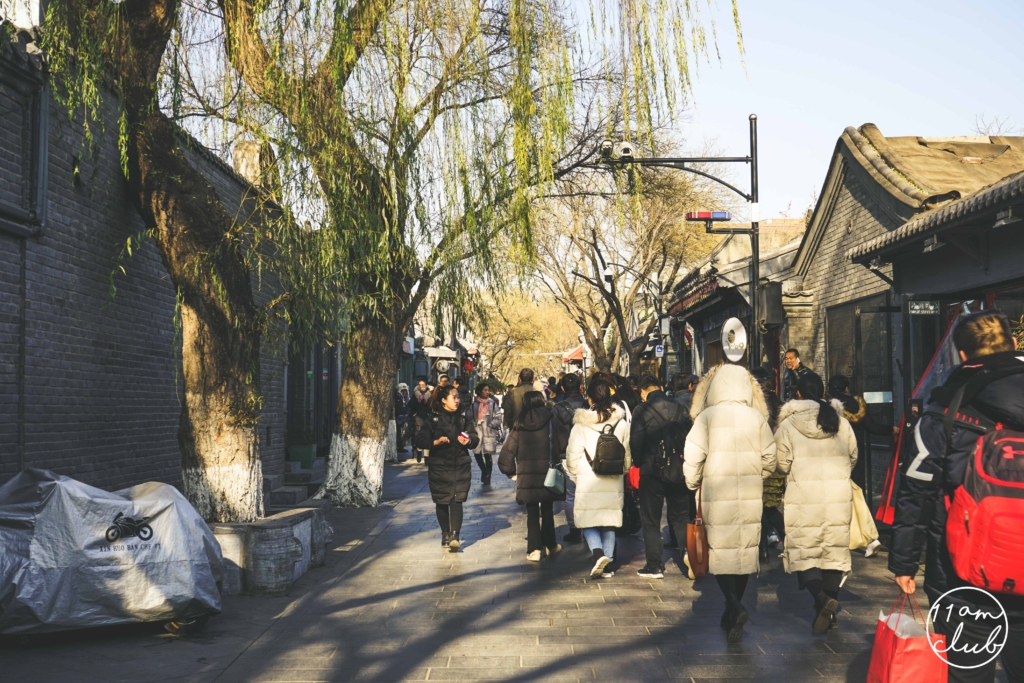
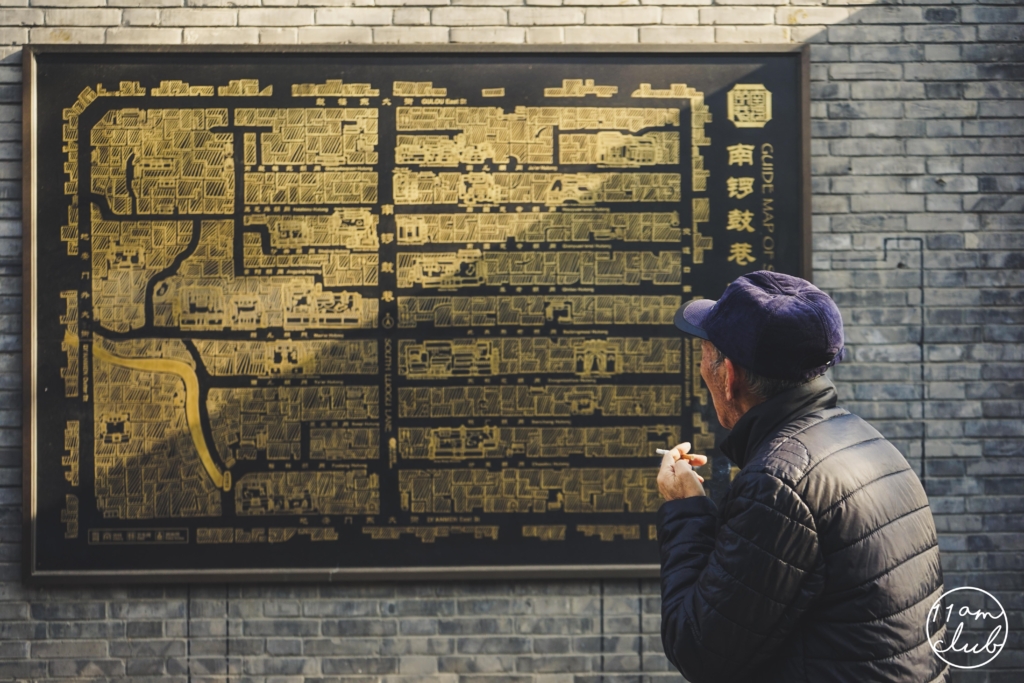
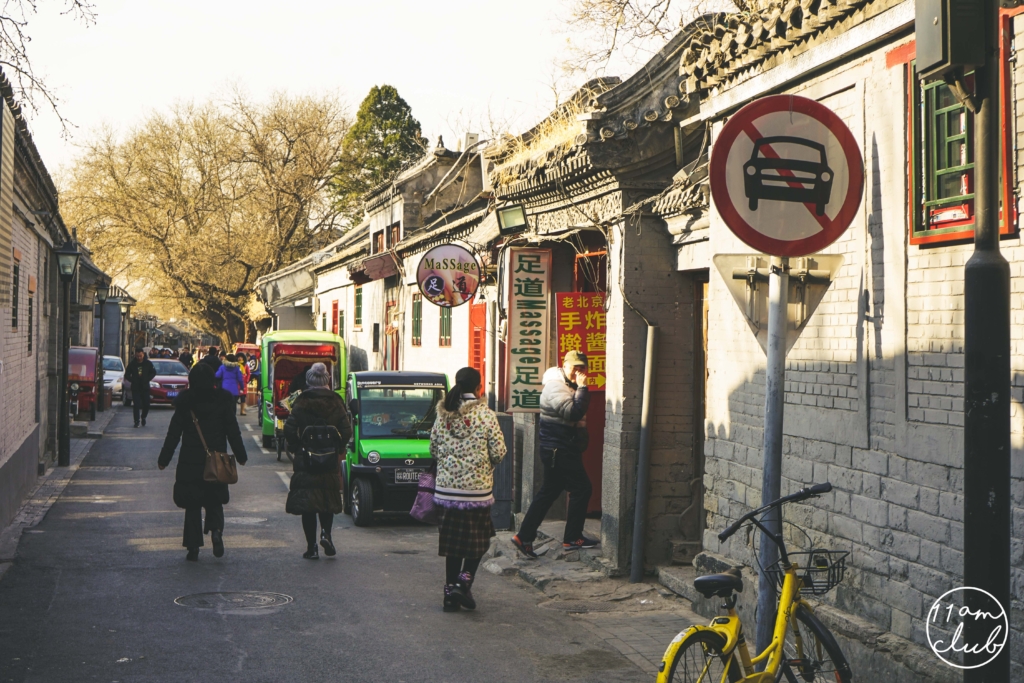
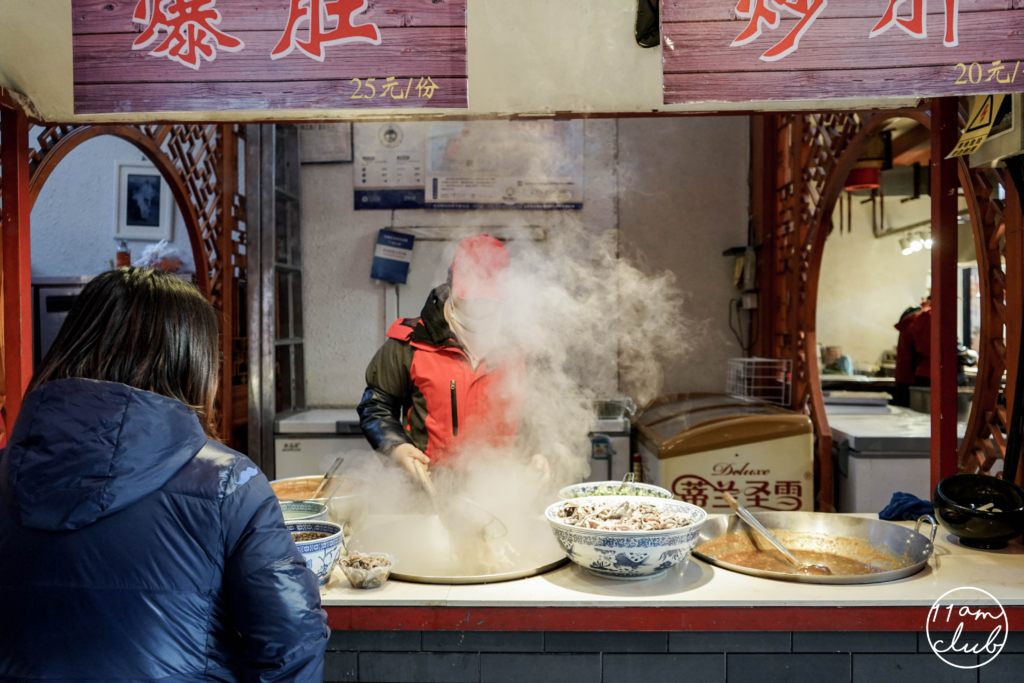

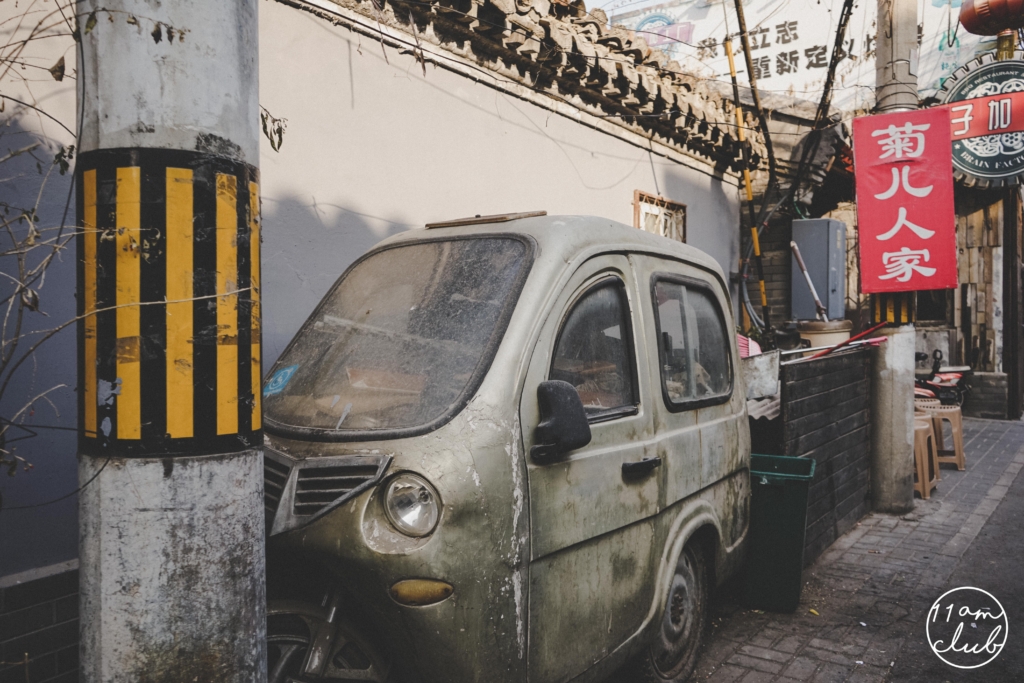
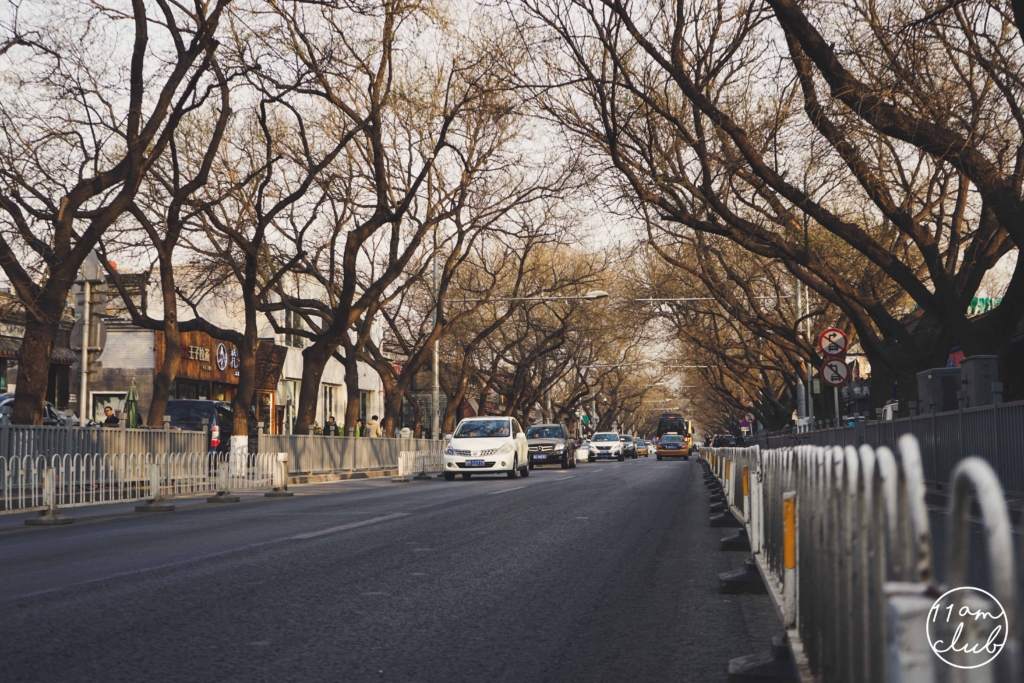
YanDaiXieJie HuTong
Another famous HuTong is the YanDaiXieJie Hu Tong (烟袋斜街) which runs across the YinDingQiao (银锭桥) and is filled with even more street food, souvenir stores, karaoke bars and you can even ice skate on the river if it is frozen enough.
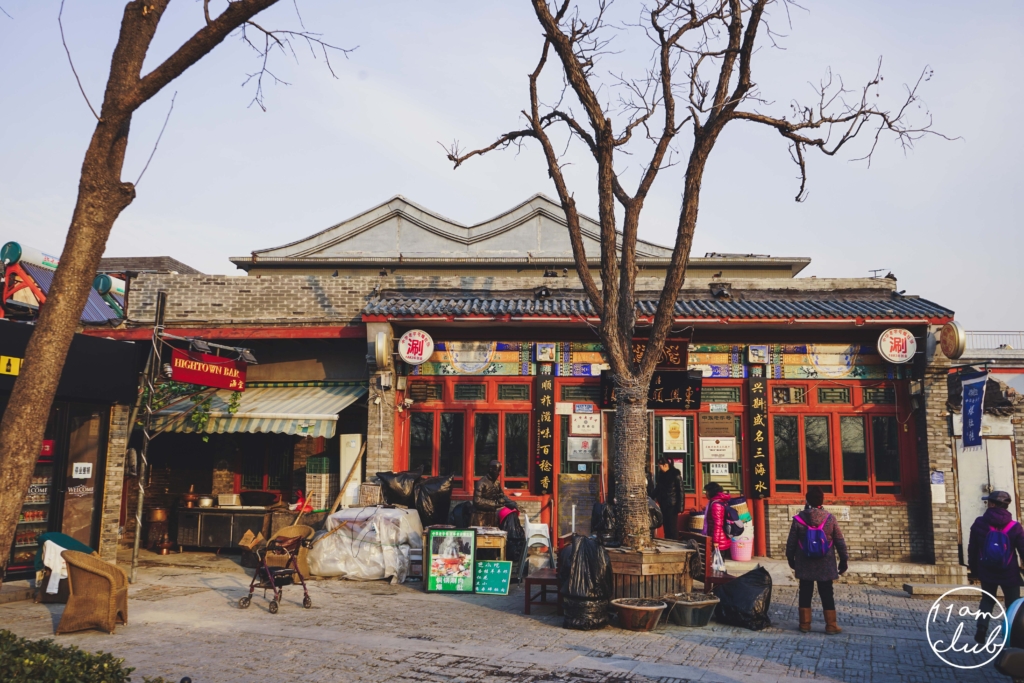
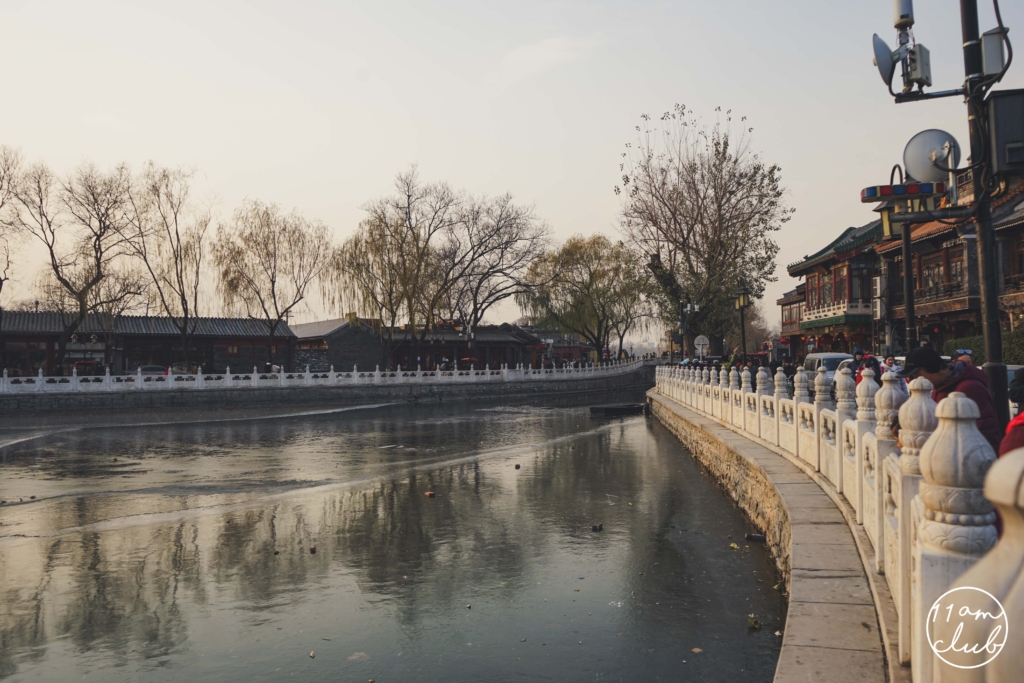
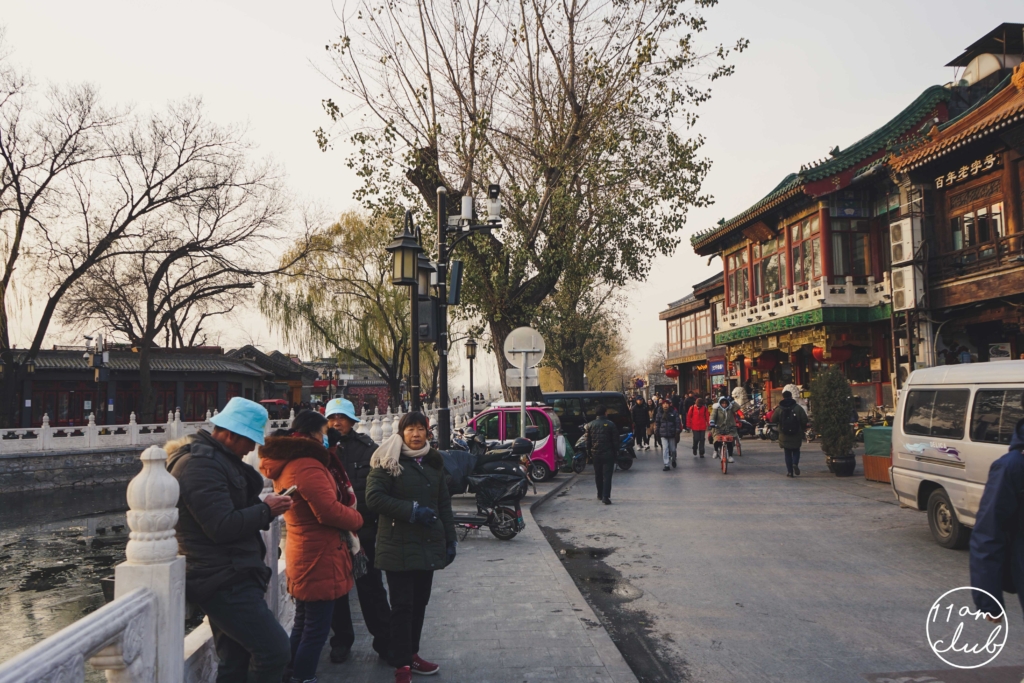
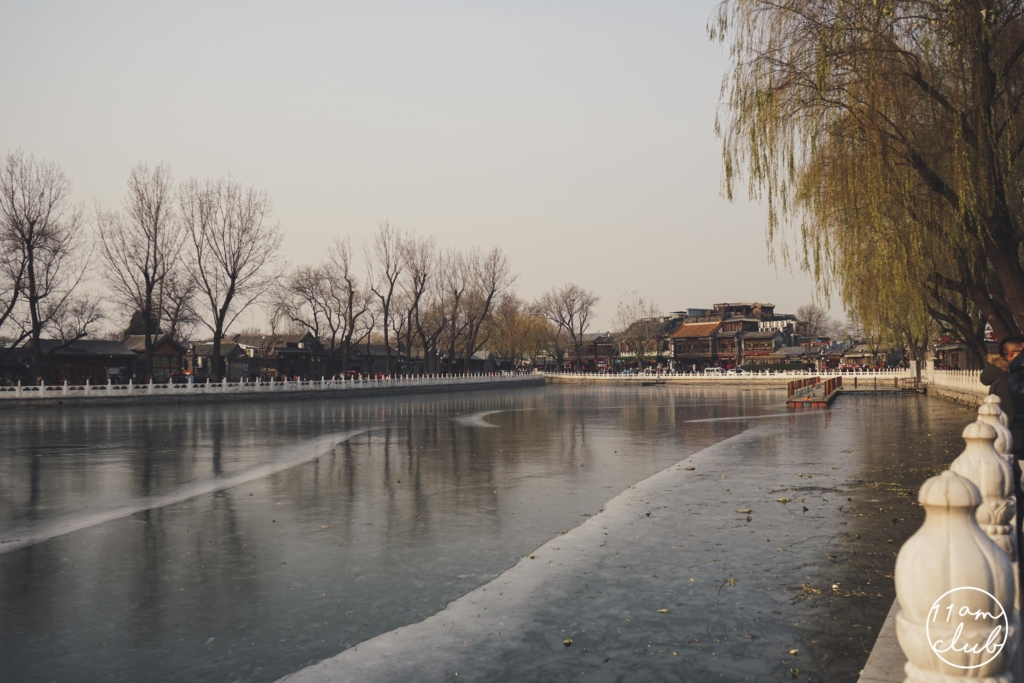
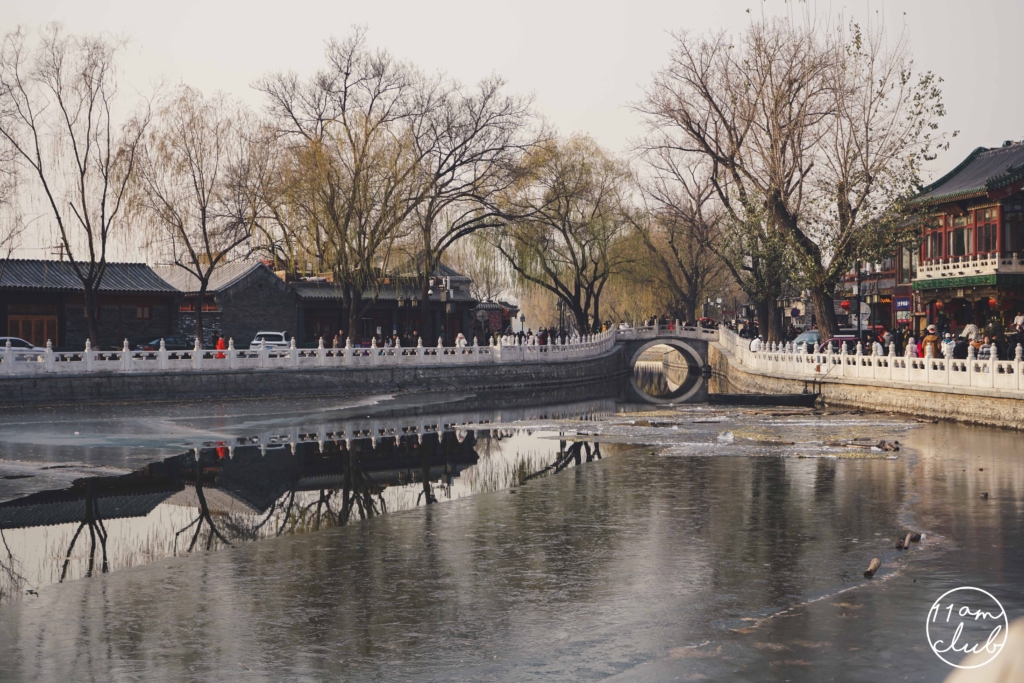
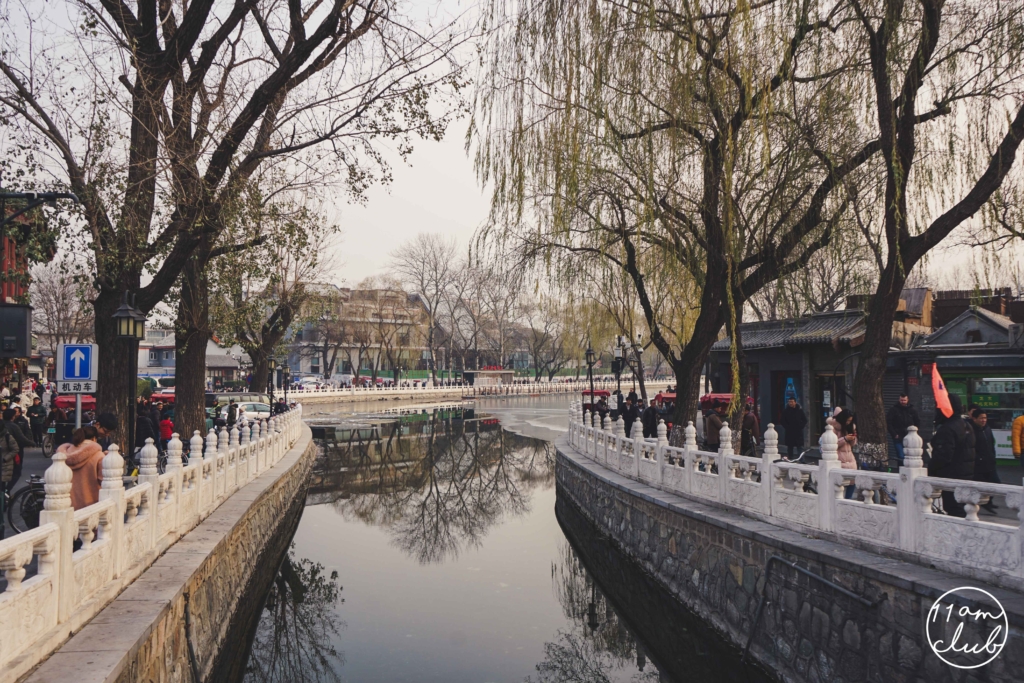
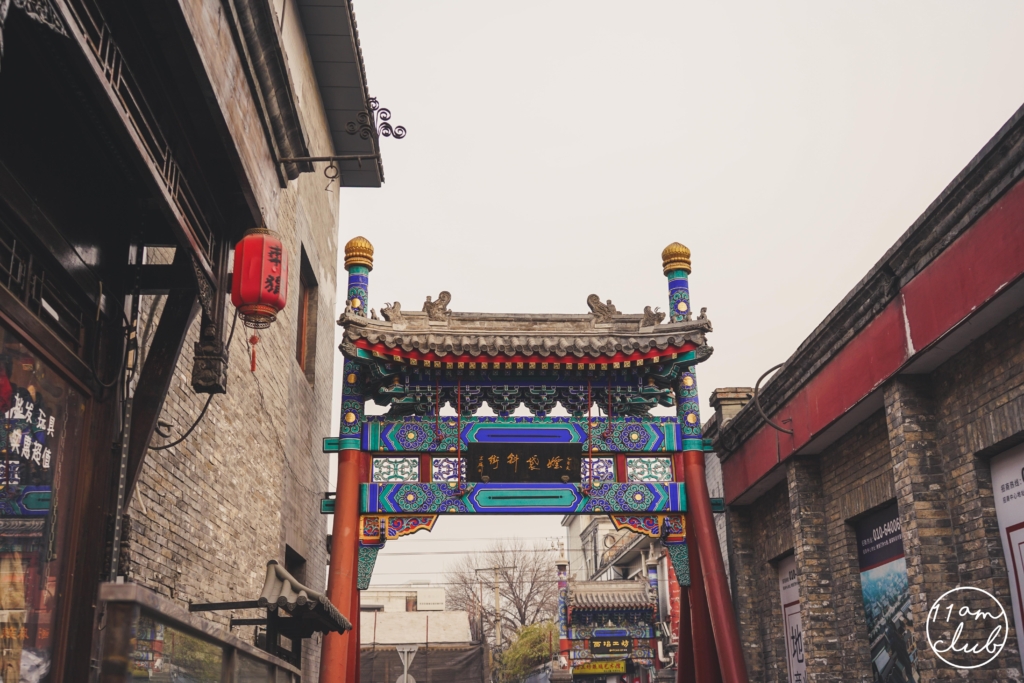
SanLiTun
Outside the traditional Beijing, the city also has its modern side. SanLiTun (三里屯) is a hip area that has international stores and restaurants. People can also enjoy bars and clubs in this area and is a favorite for expats and foreign tourists. Just be careful to not pay too much for a bottle of fake liquor; branded liquors in Beijing are known to be fake and can conduce bad hangovers.
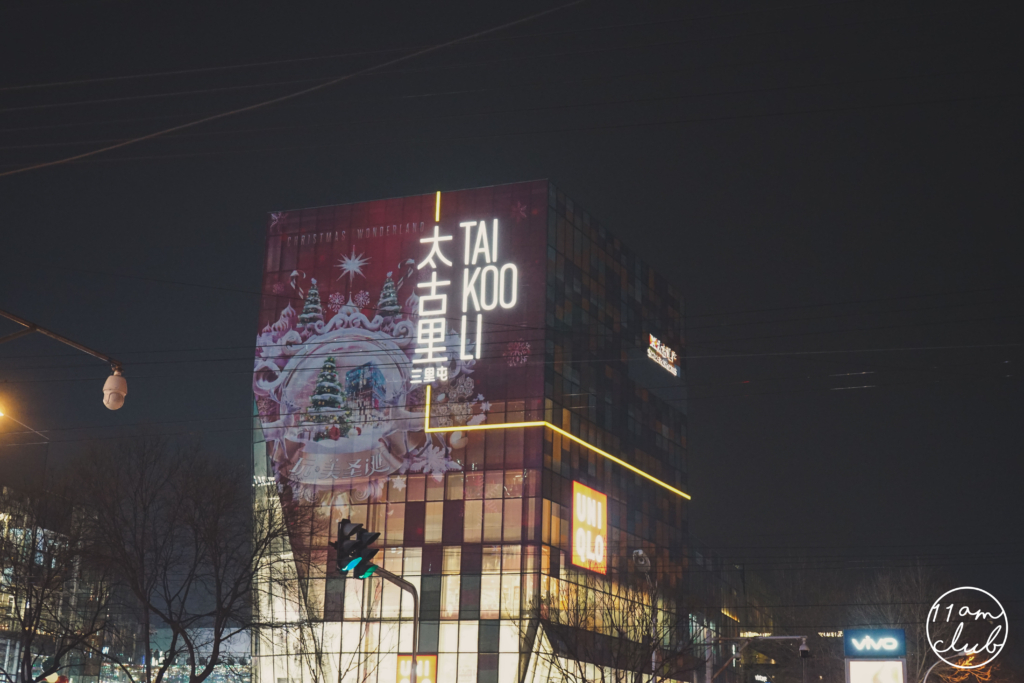
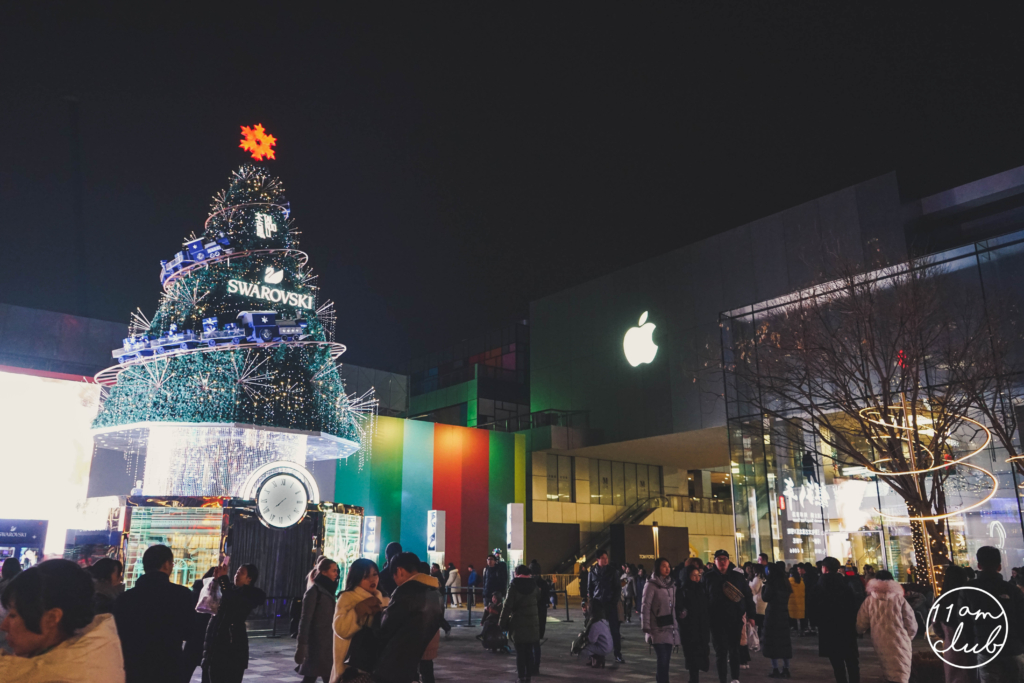
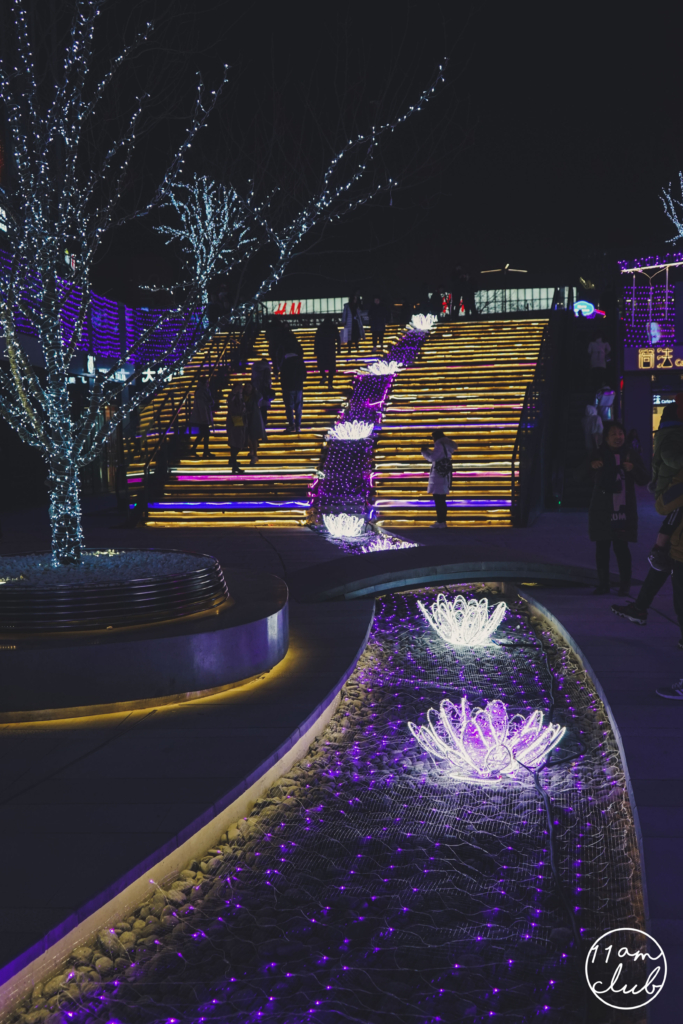
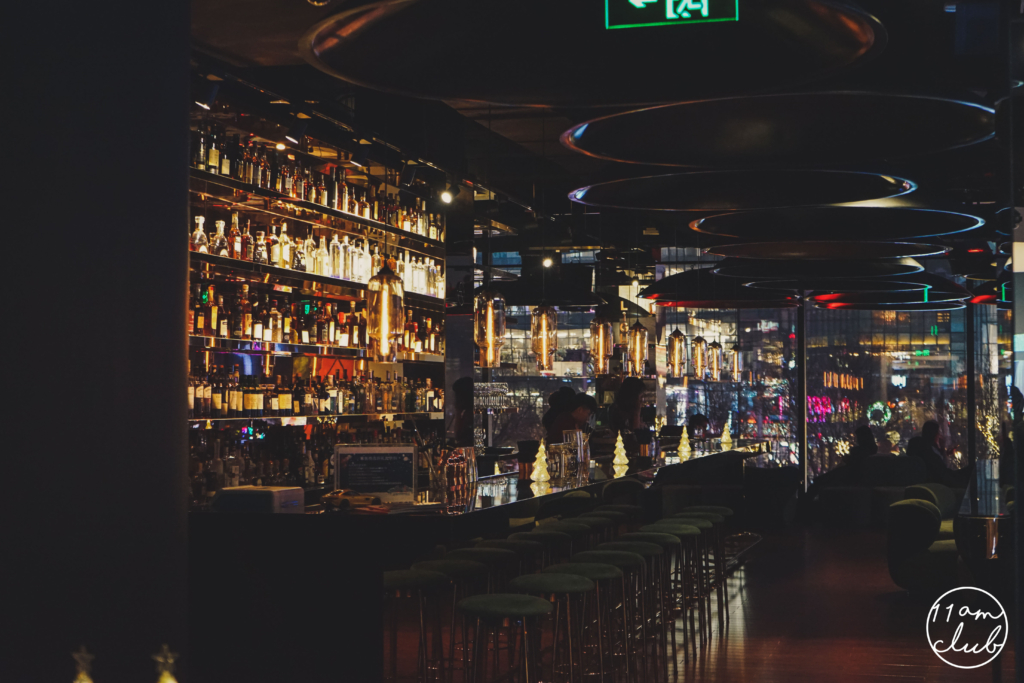
Food!
China is famous for its, well, Chinese food. Just a heads-up, the food in Beijing is not like the ones you can have in other countries. The smell and display of the food in Beijing will definitely attract your attention. Along the streets you can find all sorts of food, from appetizers like skewers, to deserts like candied fruits. One thing to note is that different cities in China have different delicacies.
Peking Duck
My favorite is the Peking Duck which is one of Beijing’s local delicacies, and I had it in one of the best restaurants in Beijing, Da Dong Roast Duck. DaDong does not only deliver quality food, but also a stellar dining experience. A chef would roll up to the table and pull out a whole duck in front of you, carving its crispy skin meticulously. His steady hands did not waver despite the duck being still hot. He would then serve the skin with some dark meat and suggested us that in order to eat this, you would need to wrap the duck in a tortilla-like wrap, add cucumber sticks, a bit of garlic and hoisin sauce before finally wrapping it and taking a bite. The remainder of the duck will then be cooked in three different ways: cooked in a broth, sauteed and deep-fried. Yummy!
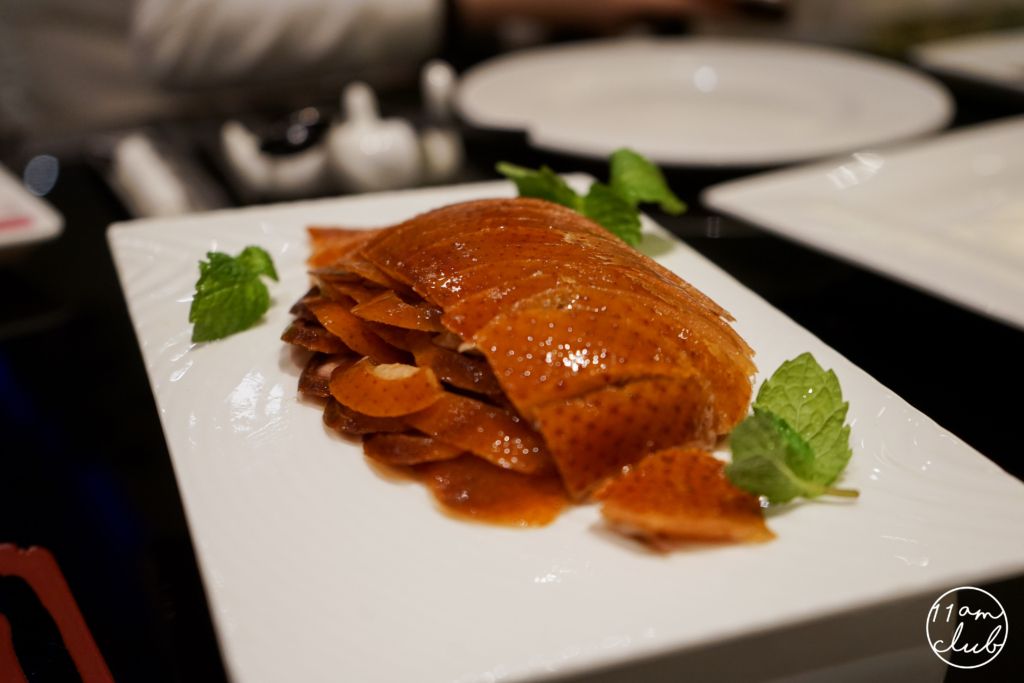
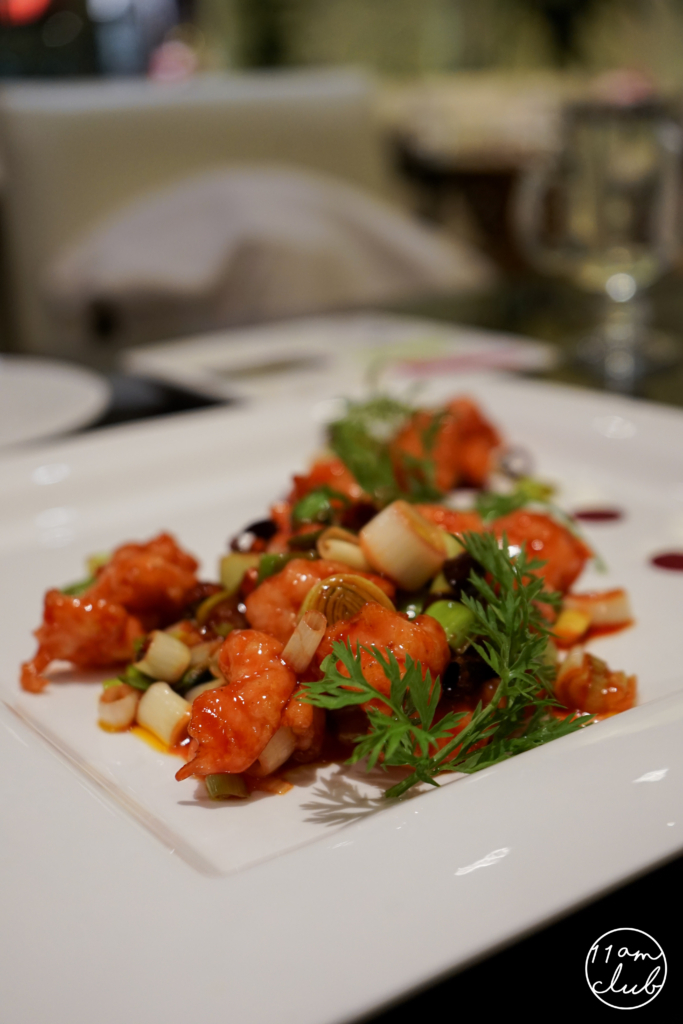
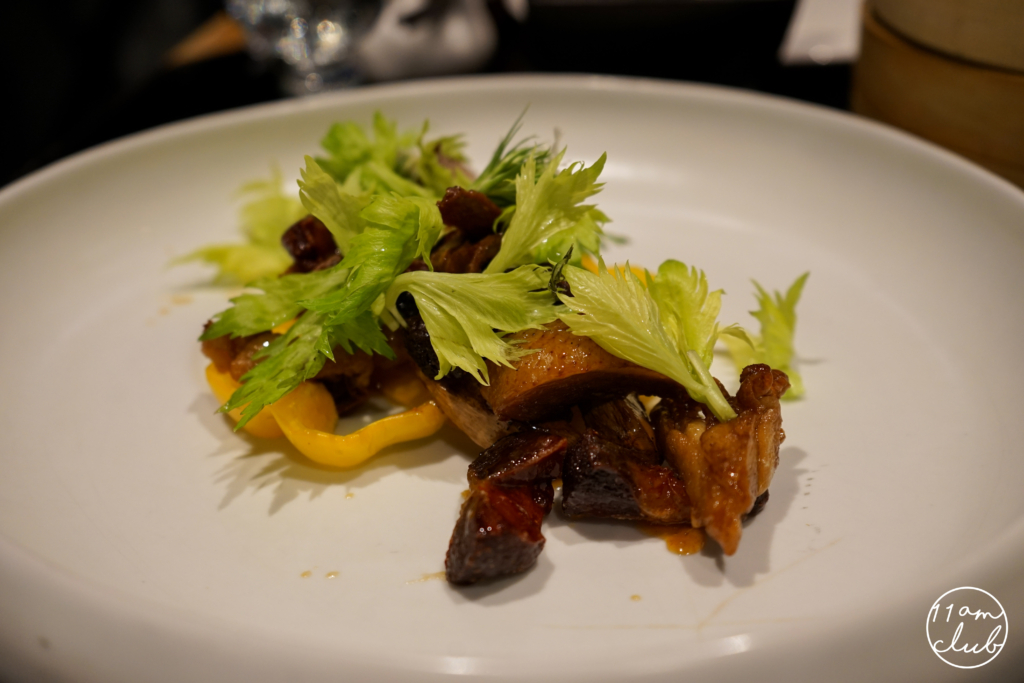
Dim Sum
Another famous delicacy, this time from Shanghai, is Dim Sum. Since the globalization of the cuisine, other cities and countries have taken their own spin of this Chinese Tapas. As you might have known, there are different types of dim sum and I would have to go with XiaoLongBao (小笼包), or soup dumpling, as my favorite. I also got to try the classics like ShuMai (Pork Dumplings), HakKao (Shrimp Dumplings) and many others.
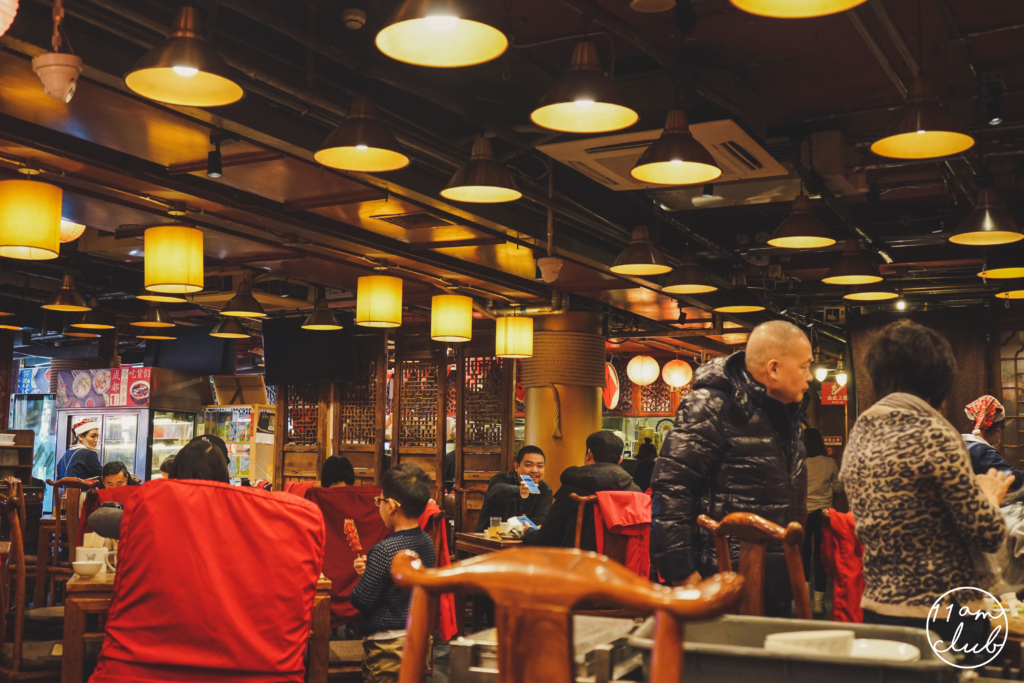
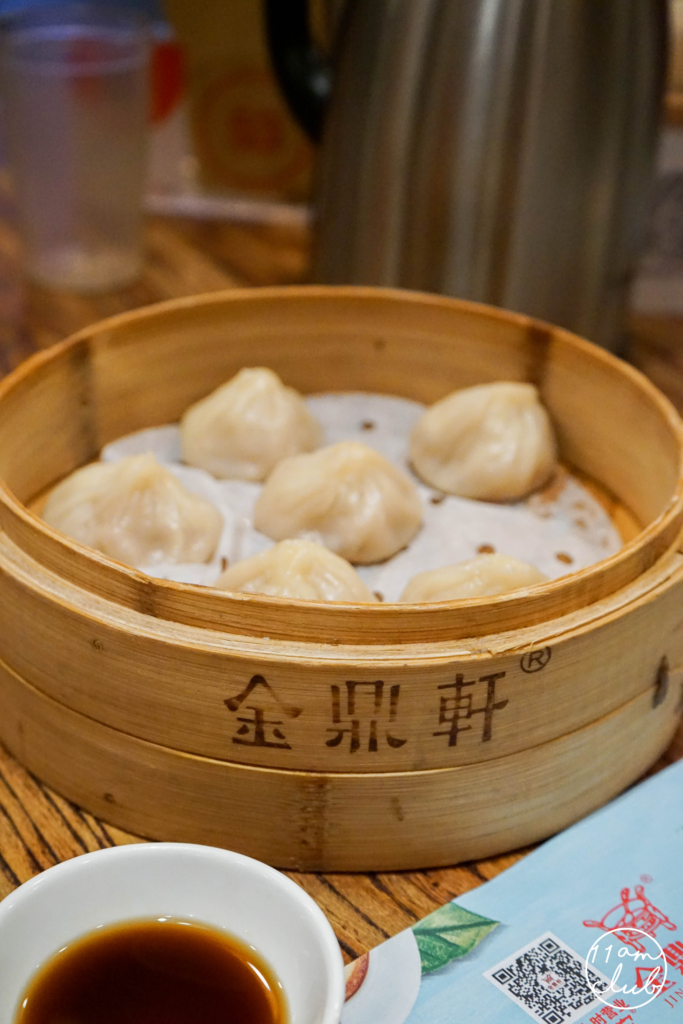
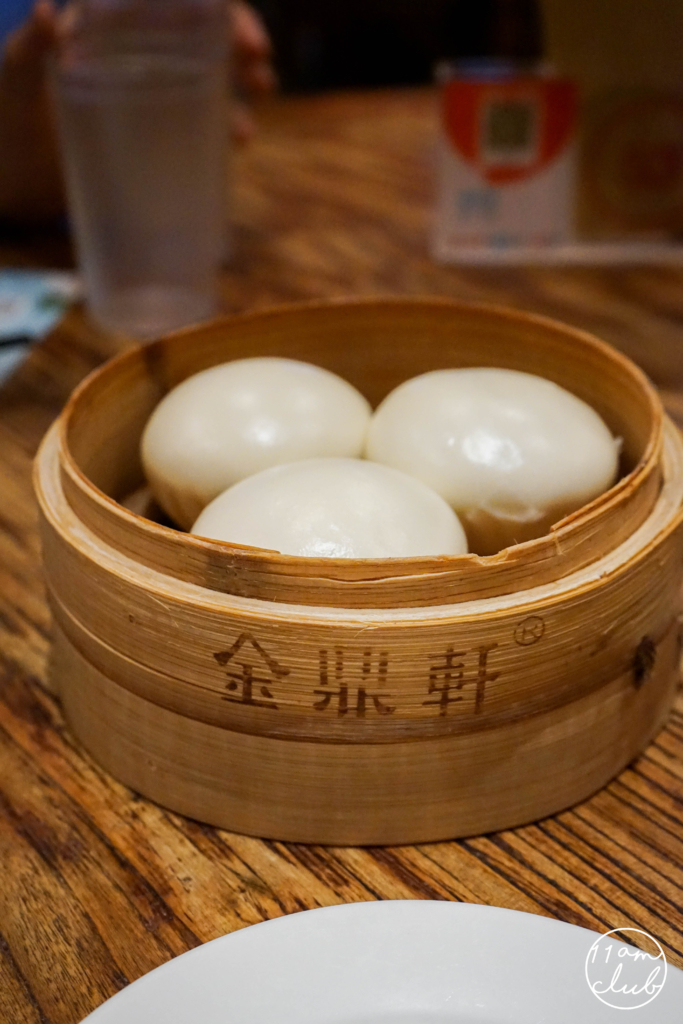
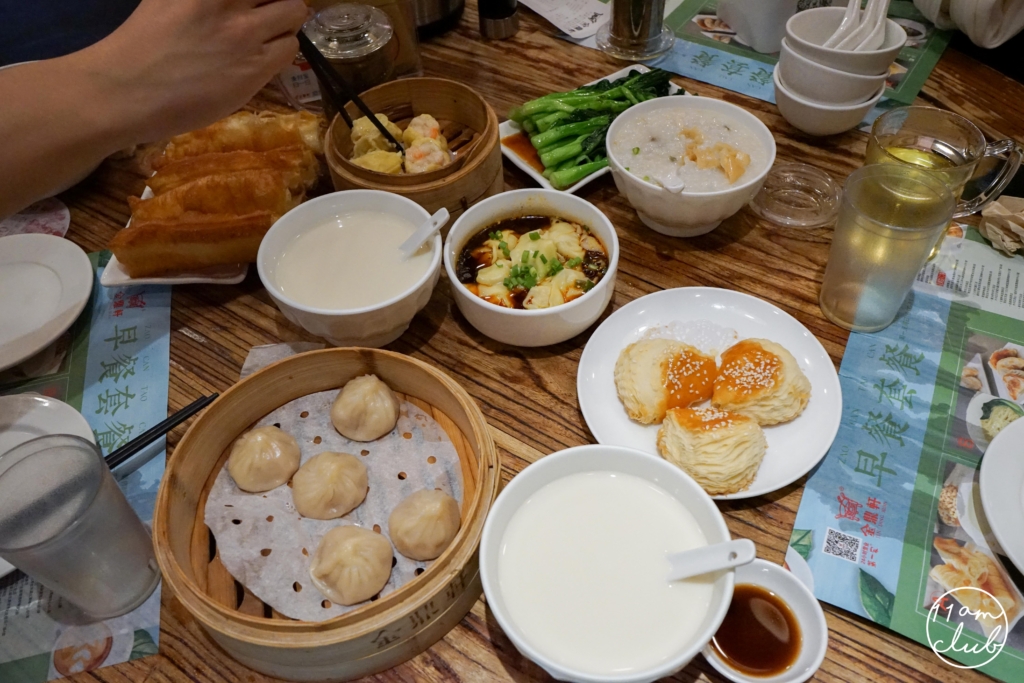
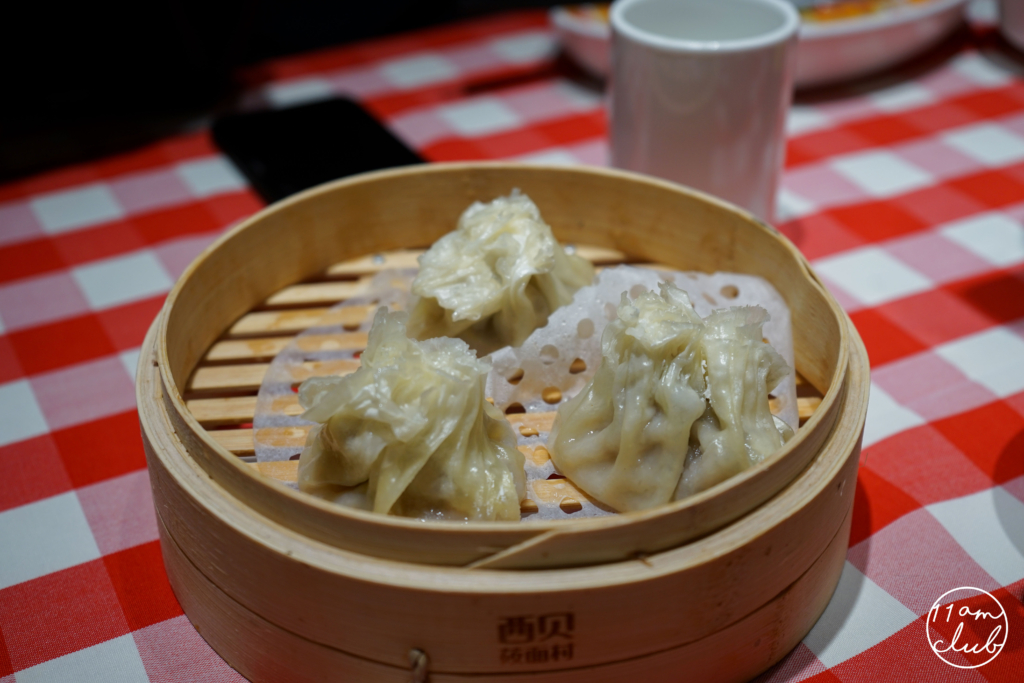
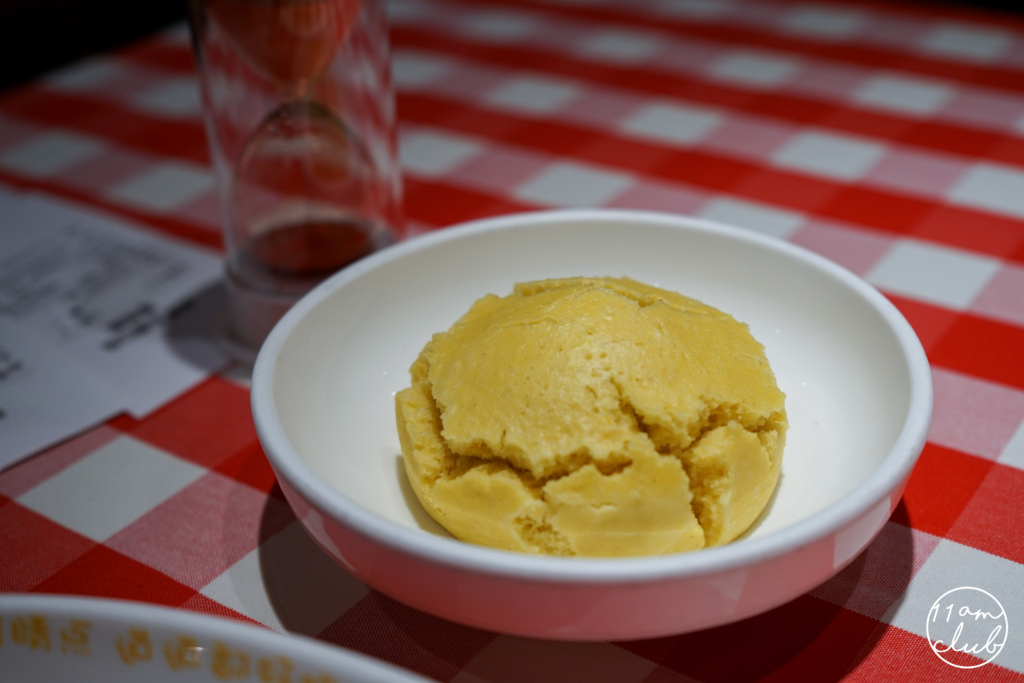
ZhaJiangMian
As a noodle lover, I would not miss the chance to try out one of the best ZhaJiangMian’s (炸酱面) in town. Loosely translated to fried-sauce noodle, the dish contains bean paste as the sauce base, topped with some diced pork, spring onions and garlic. This dish has also been famously adopted by South Koreans into Jajangmyeun. My friend who is living in Beijing brought me to a famous restaurant, JuErRenJia (菊儿人家). Luckily, we came early and avoided the long lines. We ordered the pork over rice and the ZhaJiangMian. This was, by far, the best restaurant I visited in Beijing and the best rendition of ZhaJiangMian I have ever tasted. Furthermore, the customer service was top notch, they actually asked if I wanted another serving of noodles, on the house! I highly recommend anyone visiting Beijing to eat here.

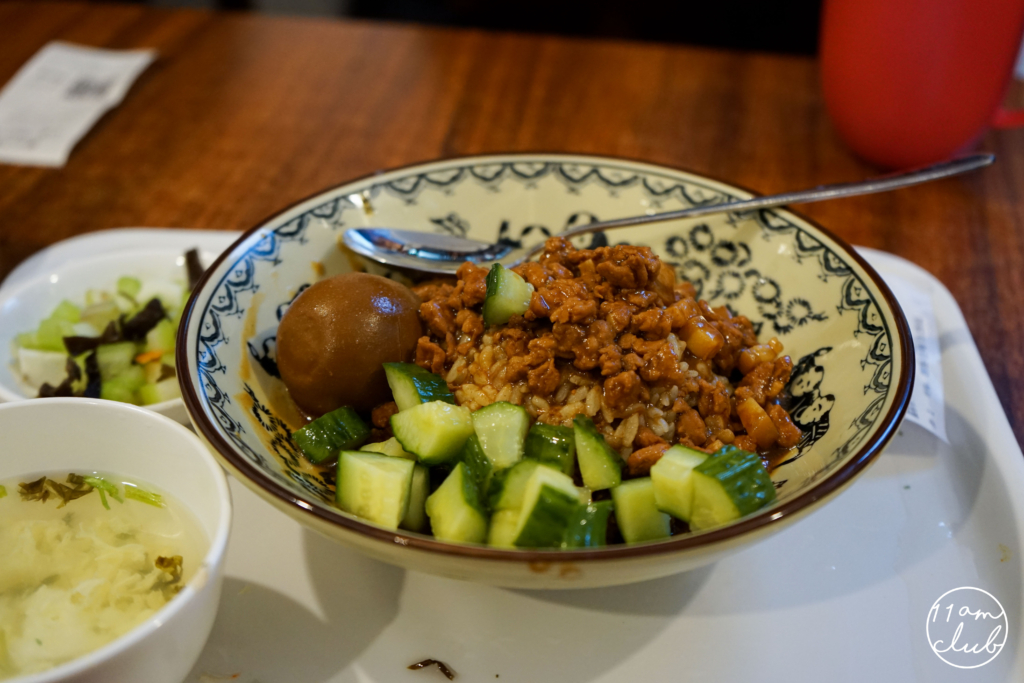
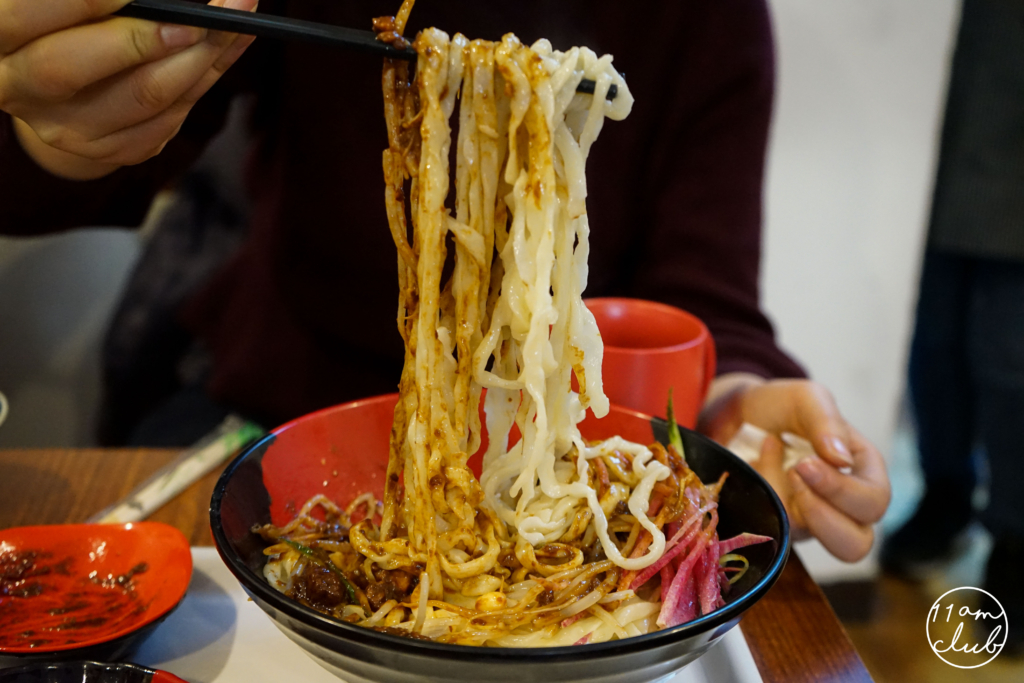
Street Food
As I have mentioned in a previous section, the alleys of Beijing or HuTongs, are filled with street food. Since the name of the stalls are hard to find, here is a collective segment of the food which intrigued me and were worth trying.
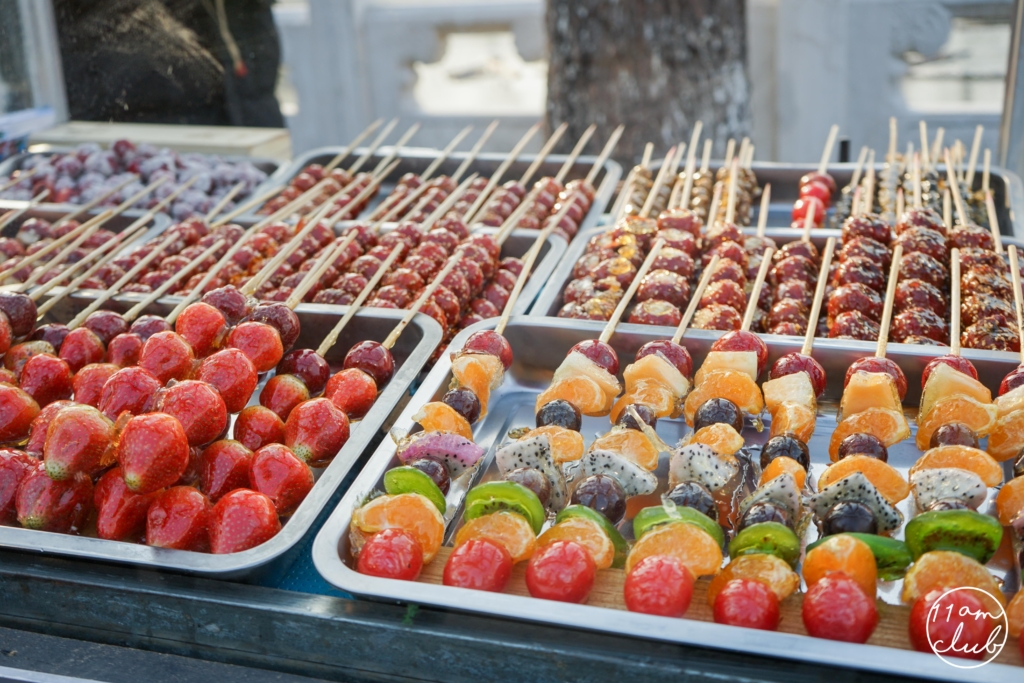
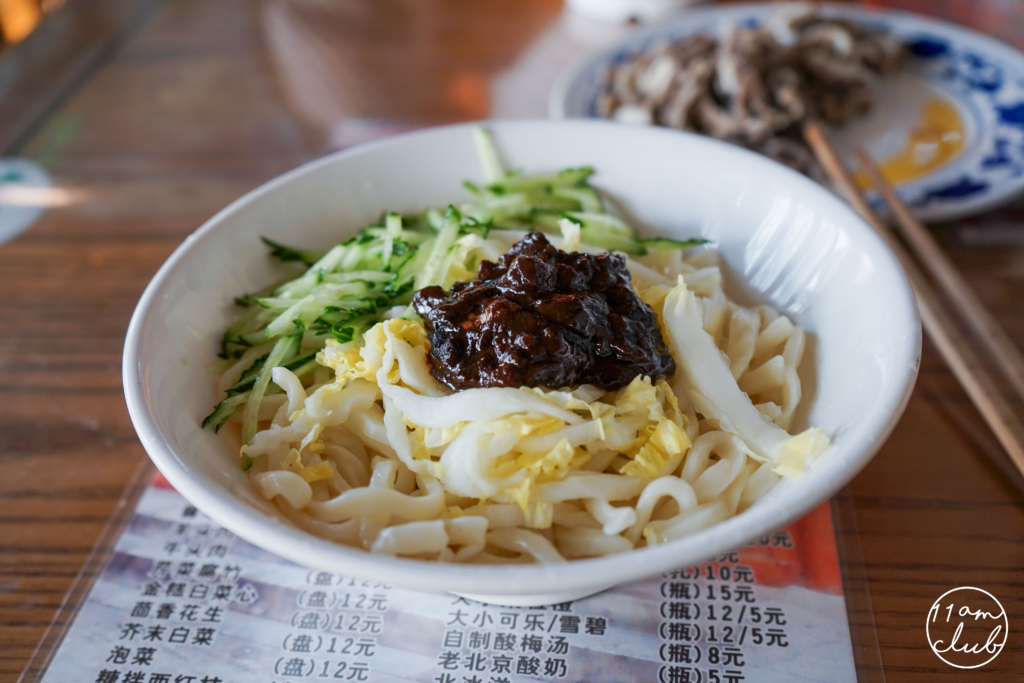
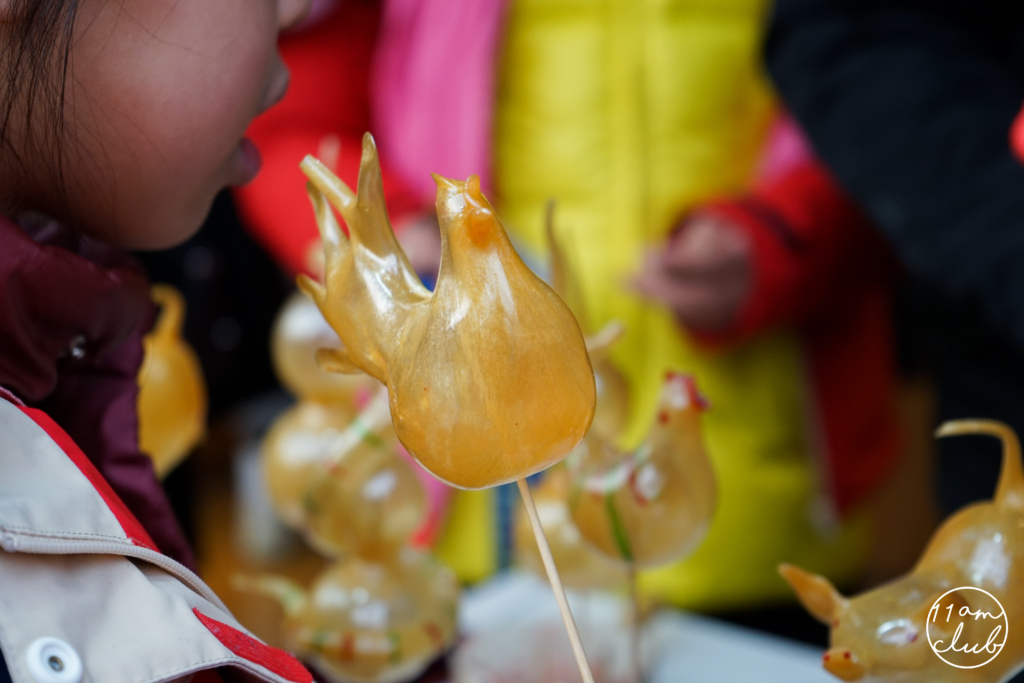
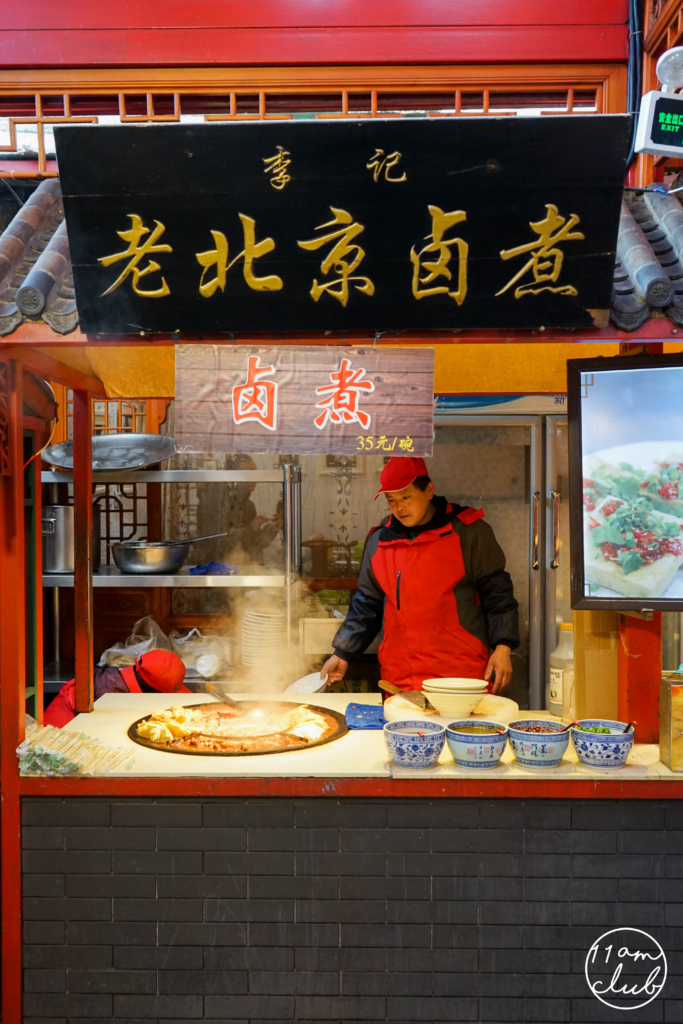
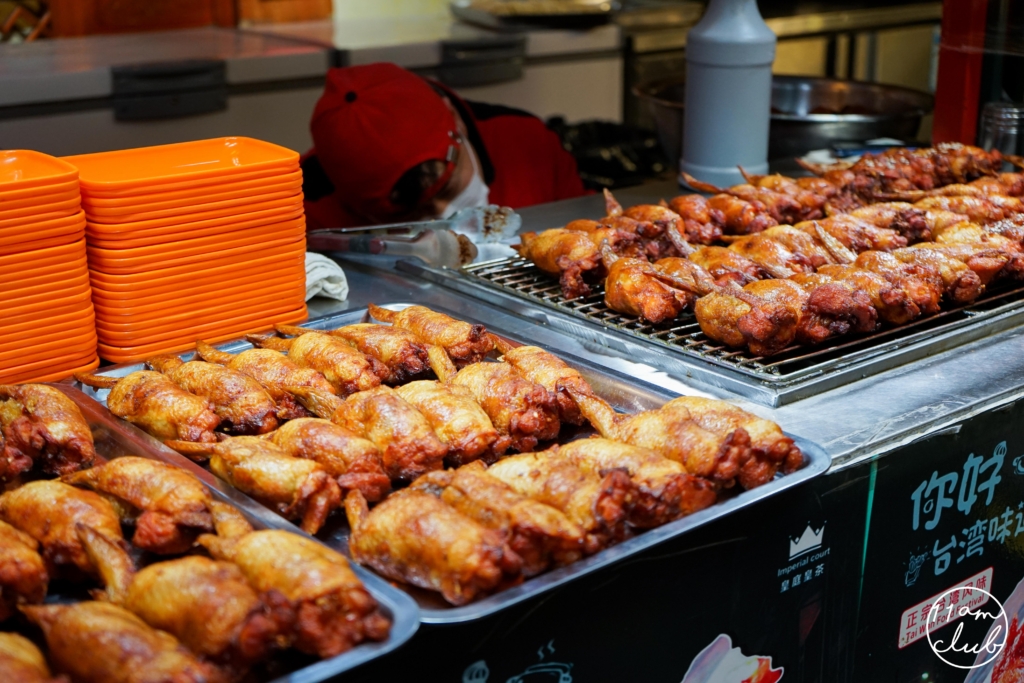
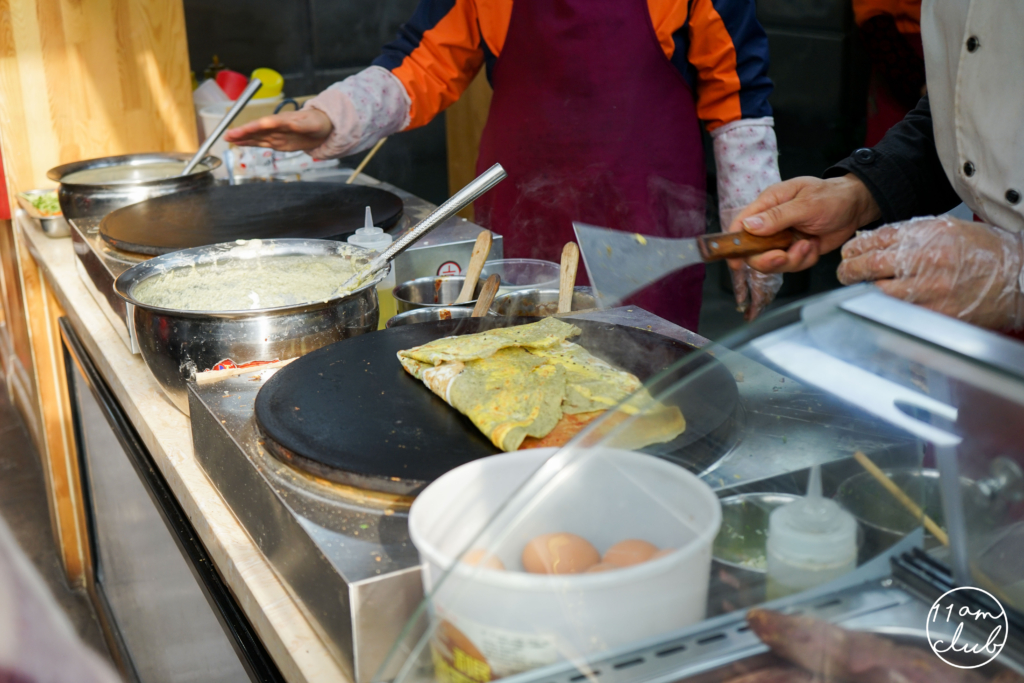
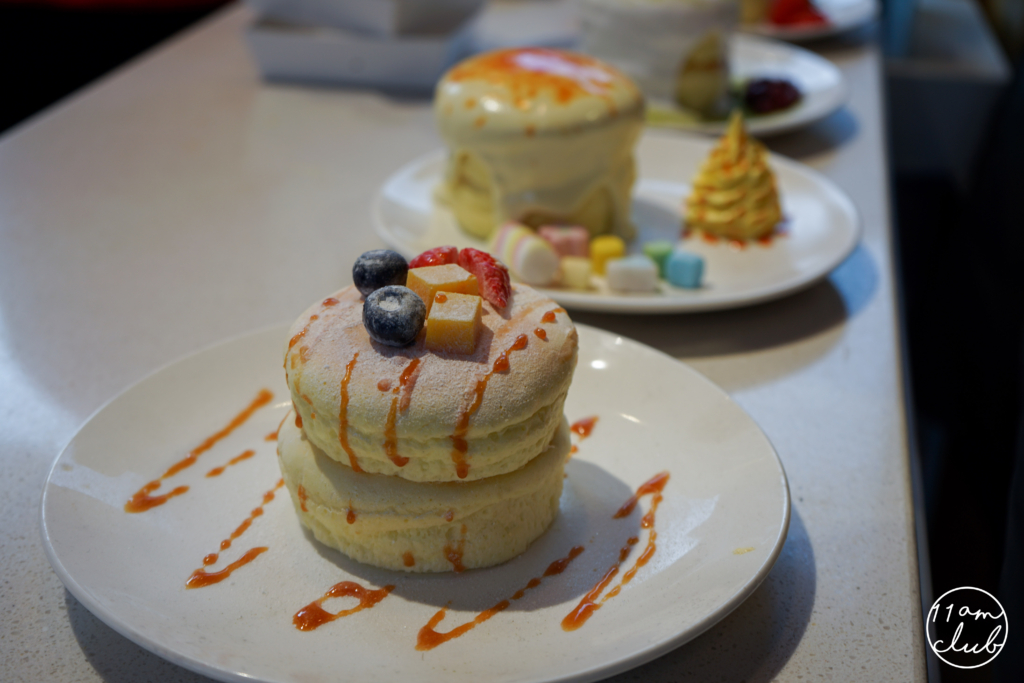
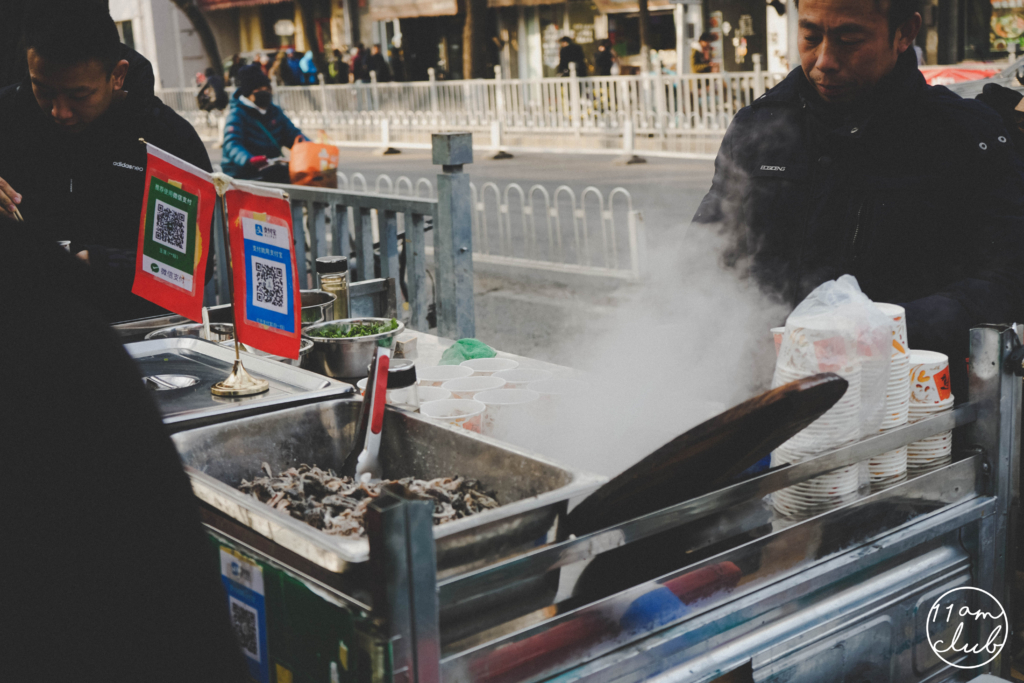
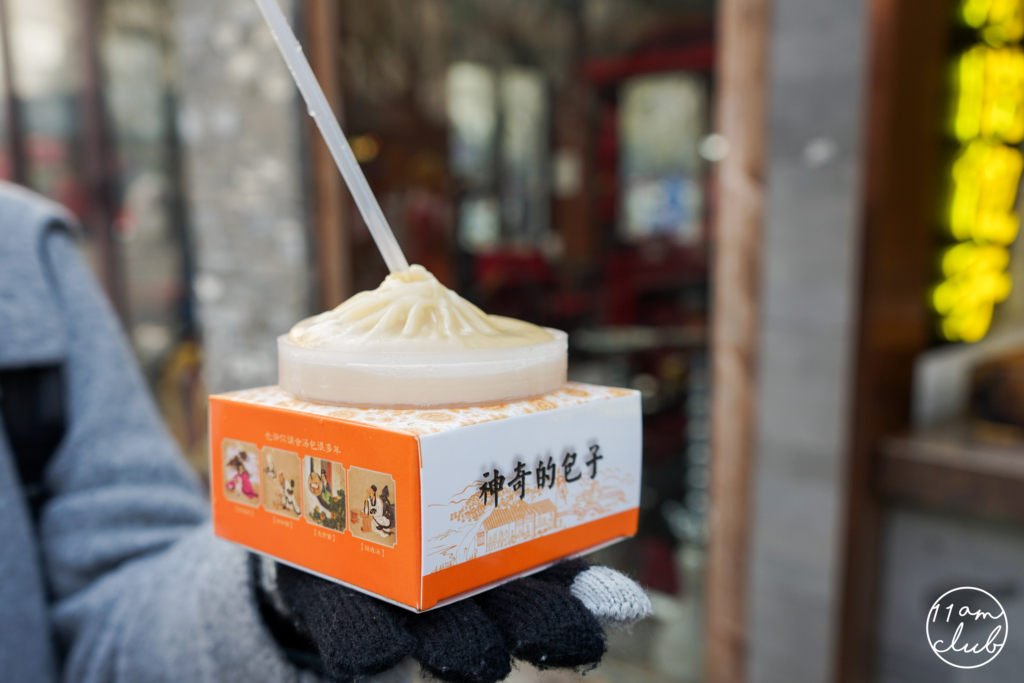
Bubble Tea
Last but not least, bubble tea or boba or ZhenZhuNaiCha (珍珠奶茶). This one needs no explanation and unfortunately, the pictures here were taken by my Pixel so excuse me for the potato quality. Anyways, I had three different brands of bubble tea while I was there and definitely found my favorite one; thank you LeLeCha (乐乐茶).
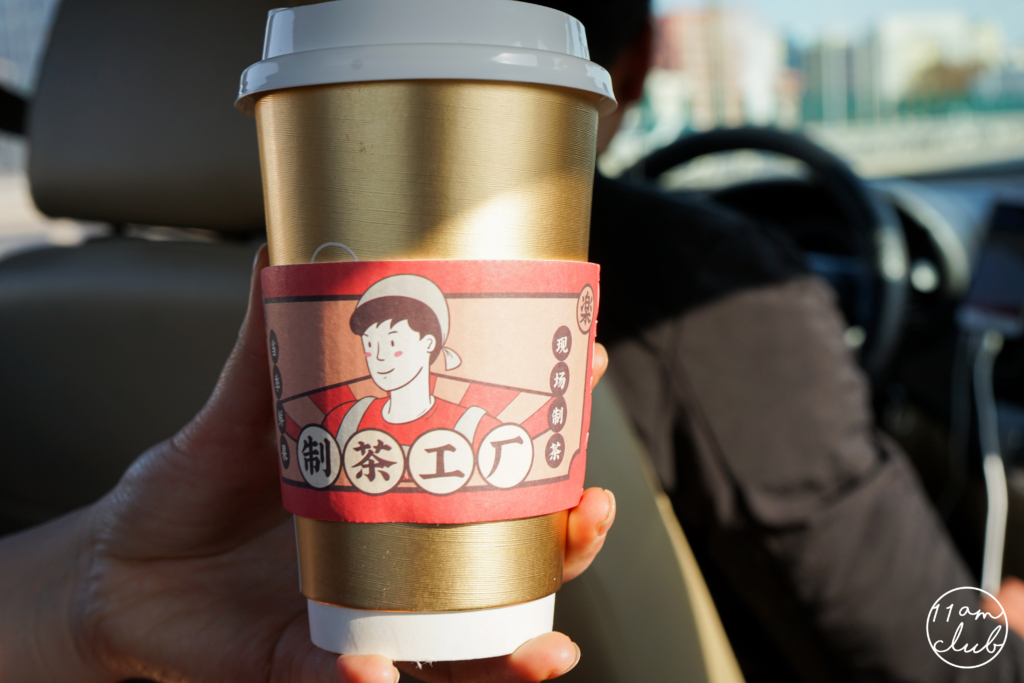
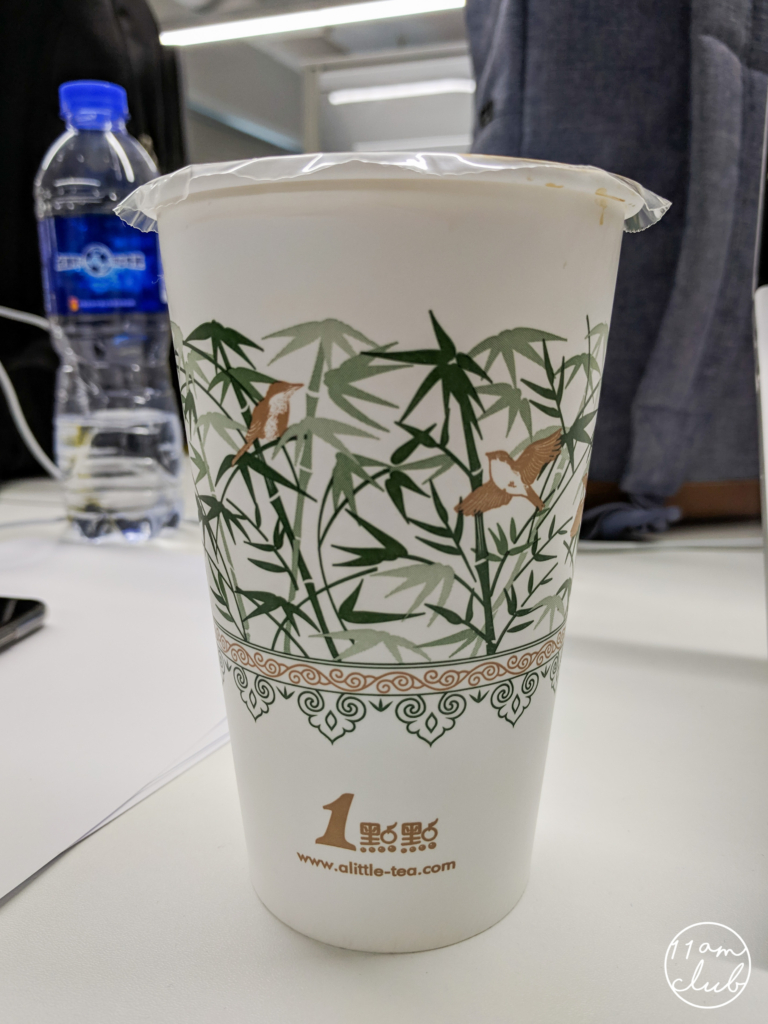
YiDianDian 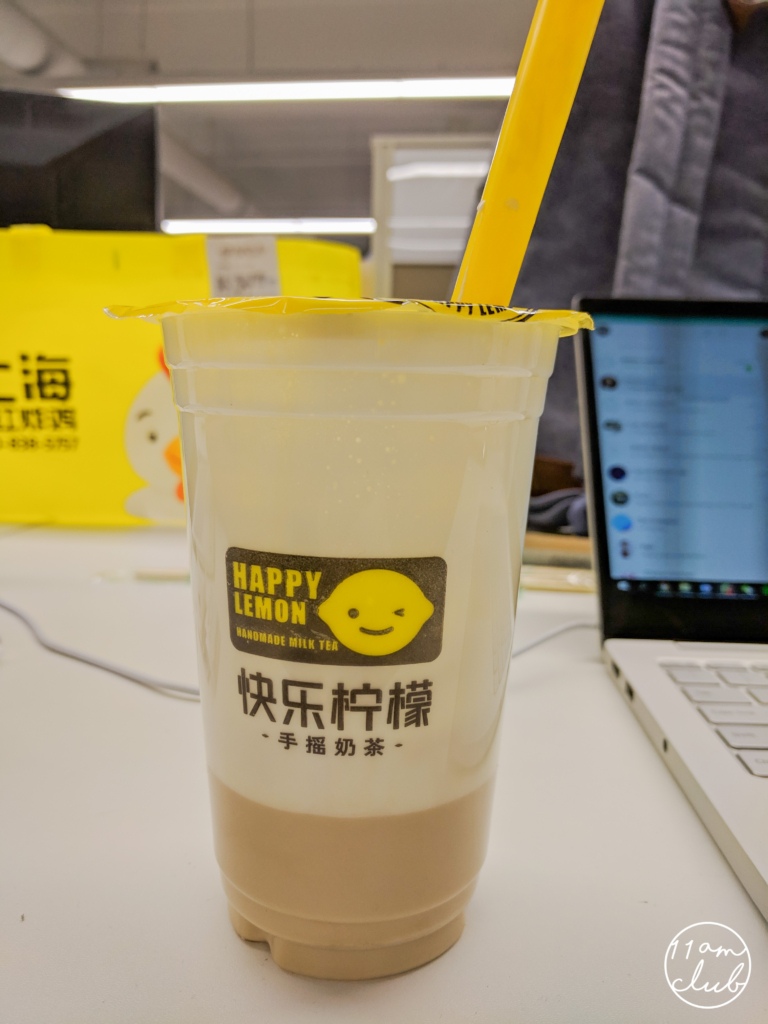
Happy Lemon Cheese Tea

